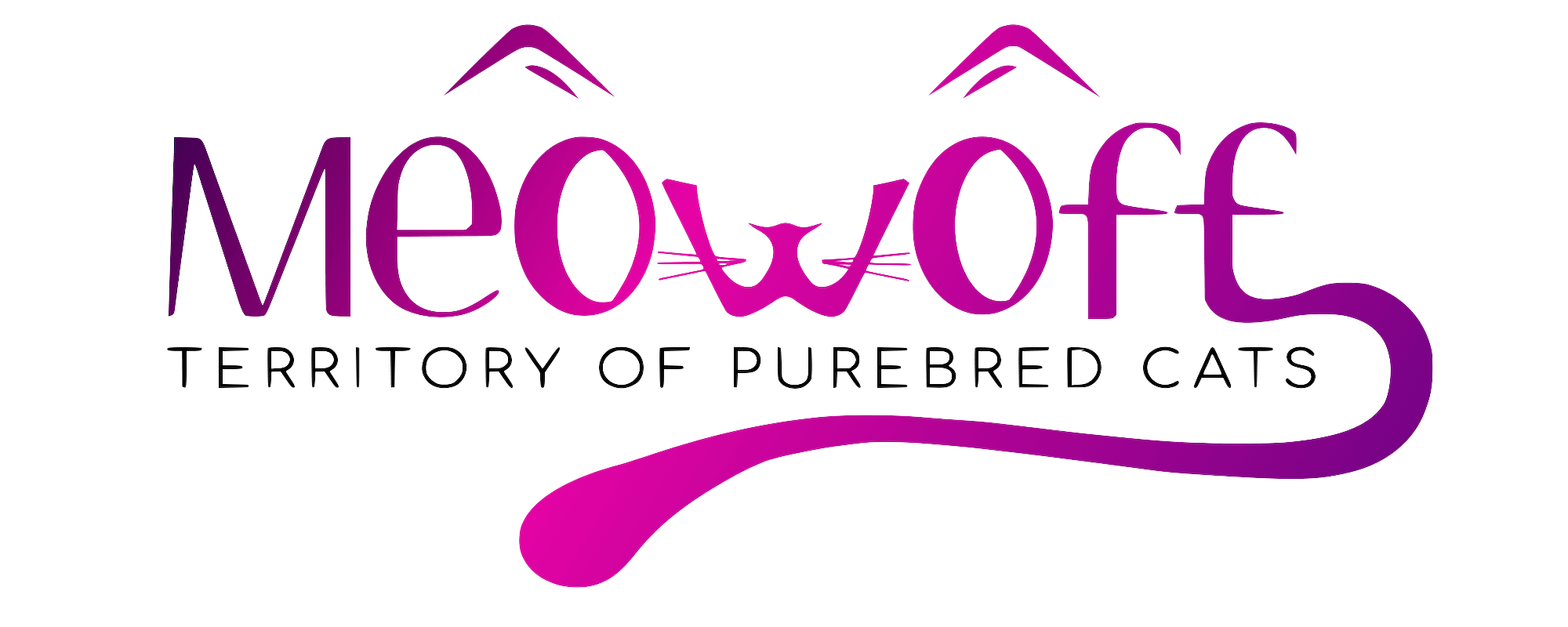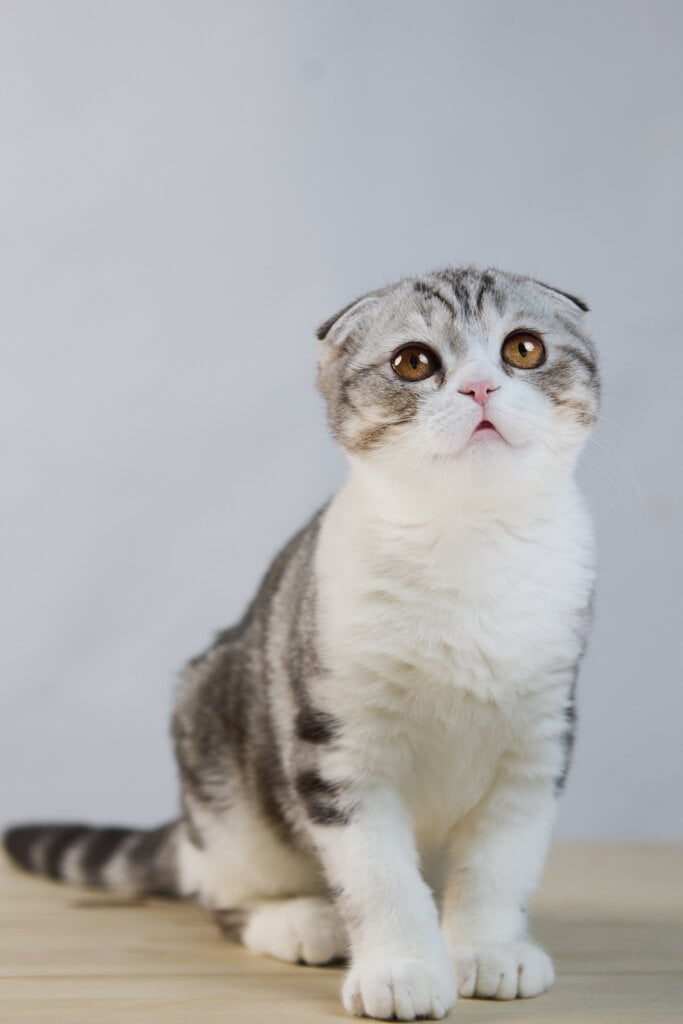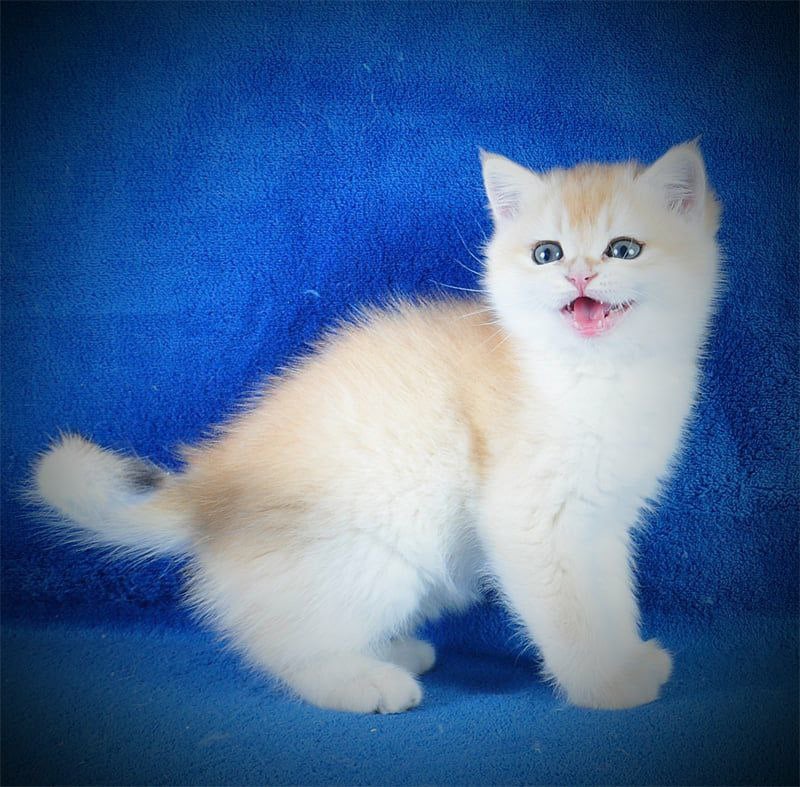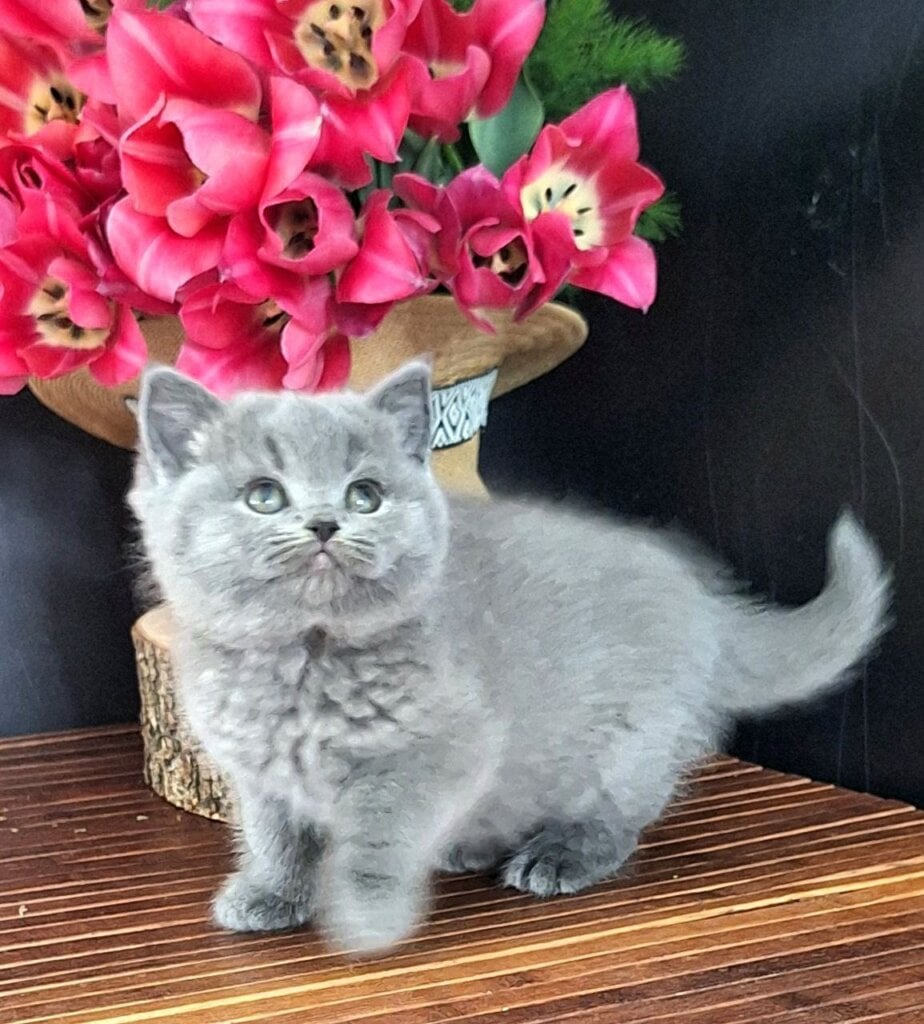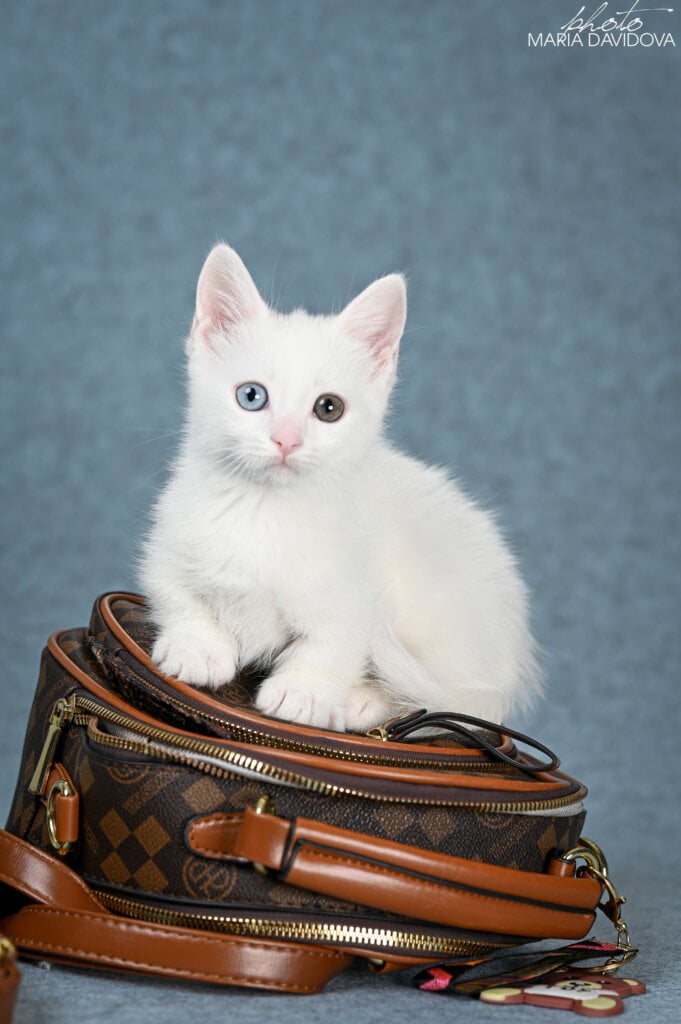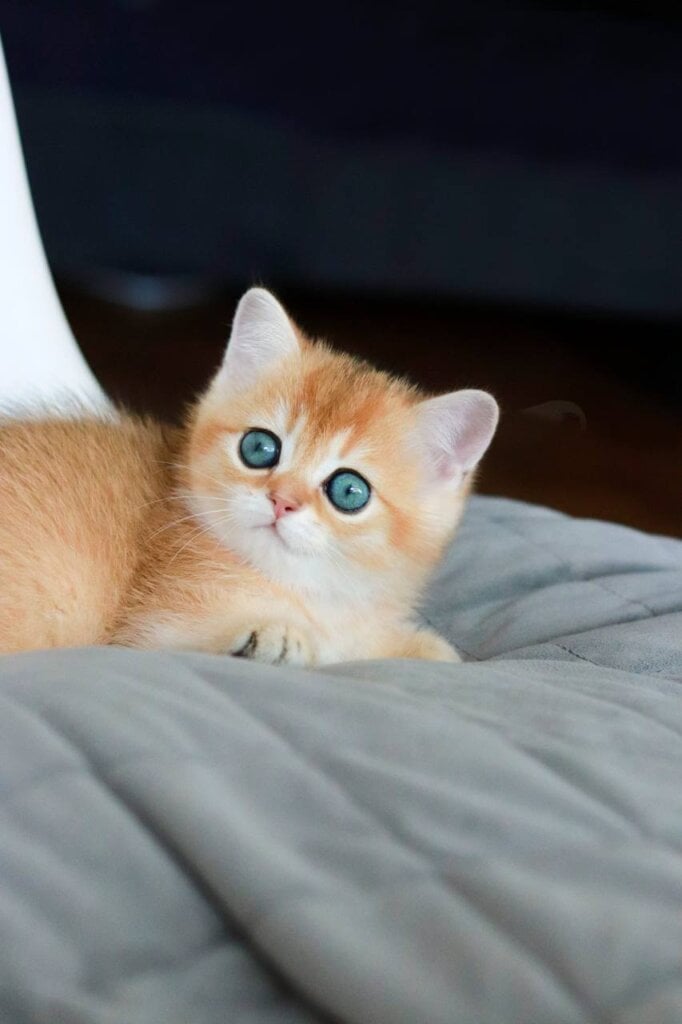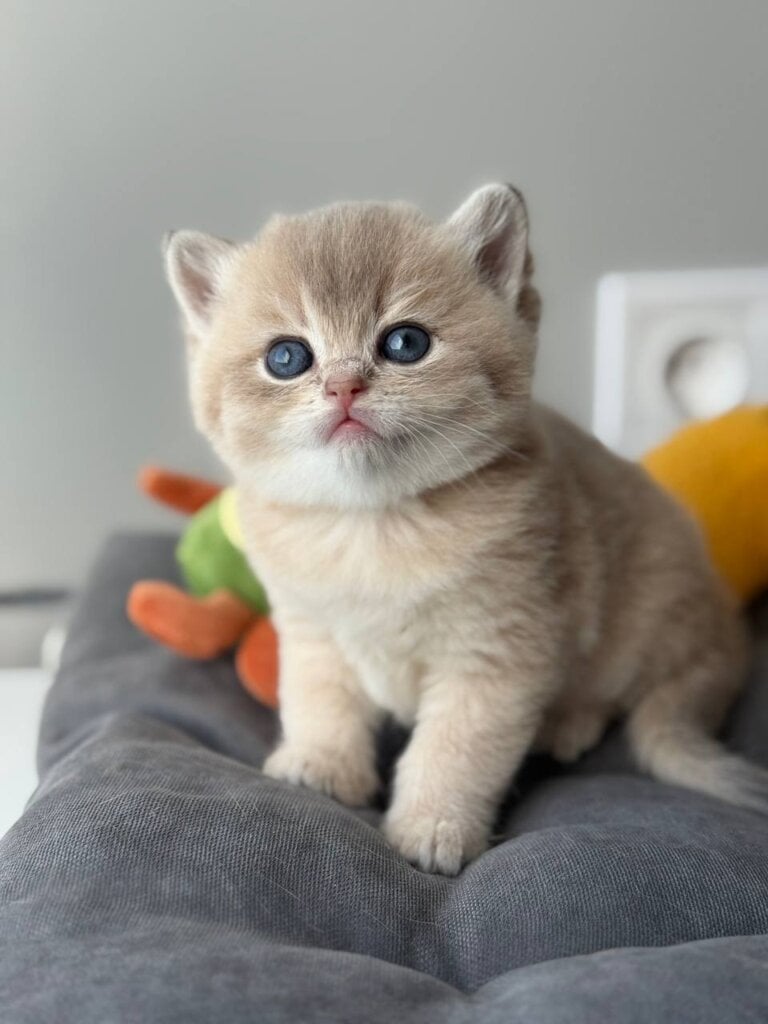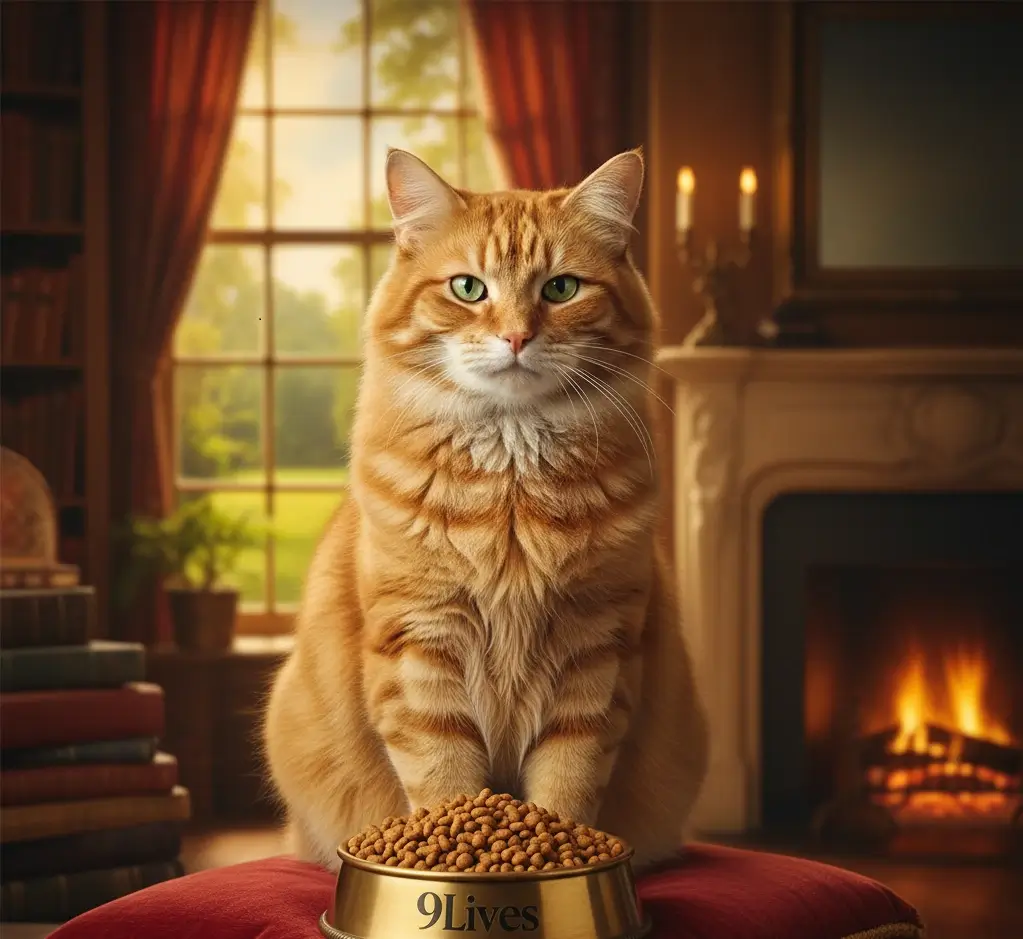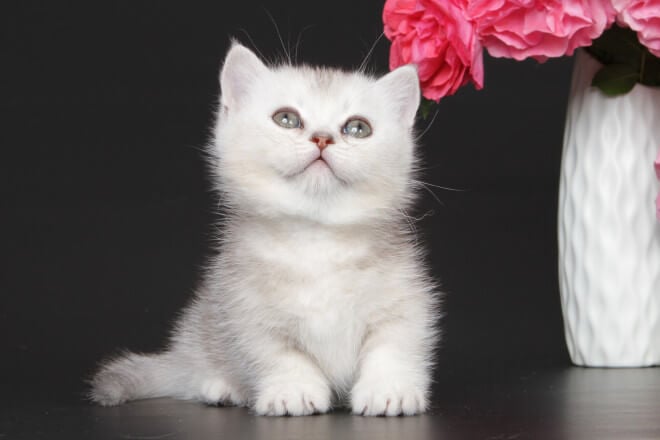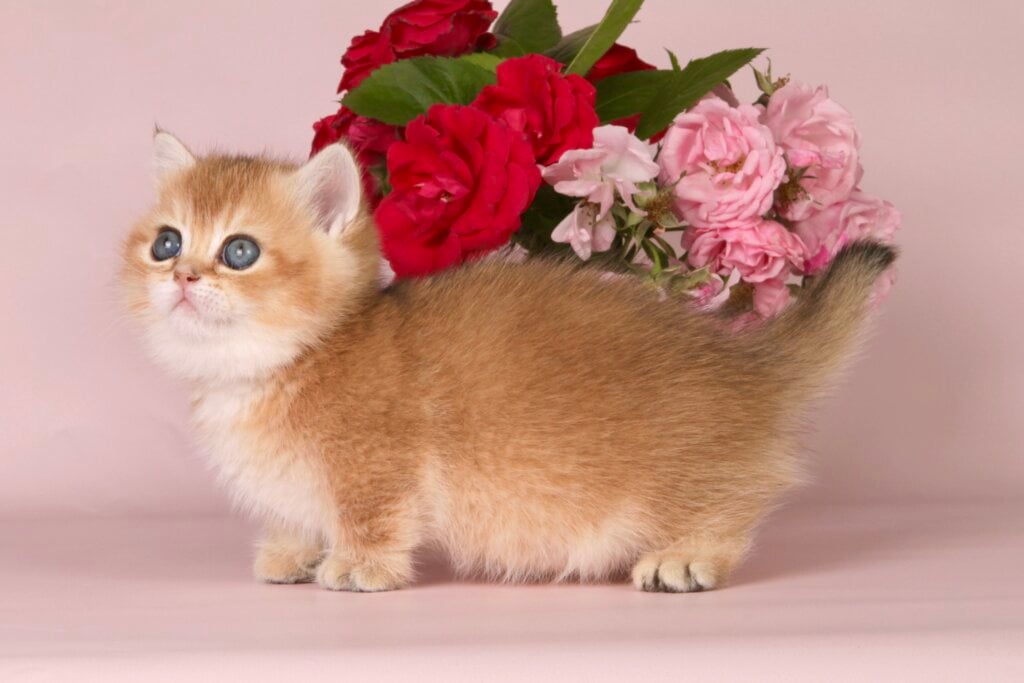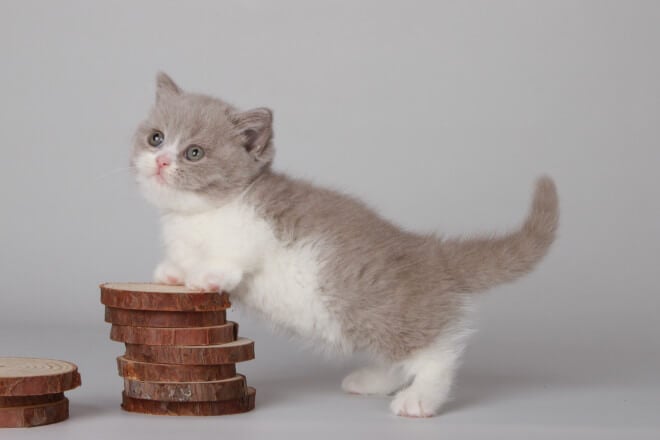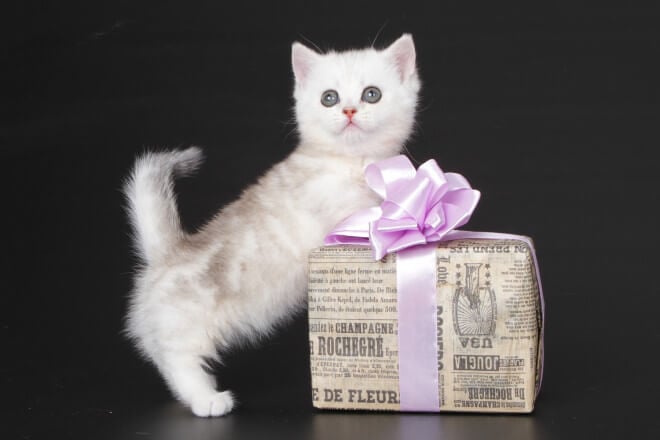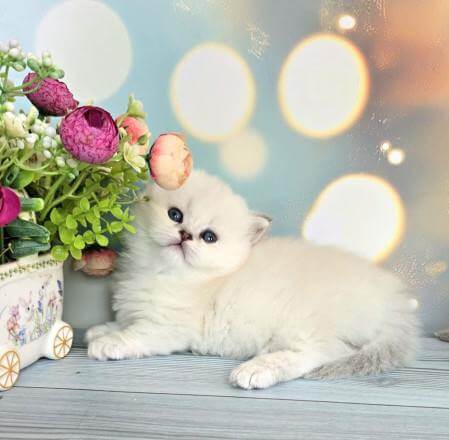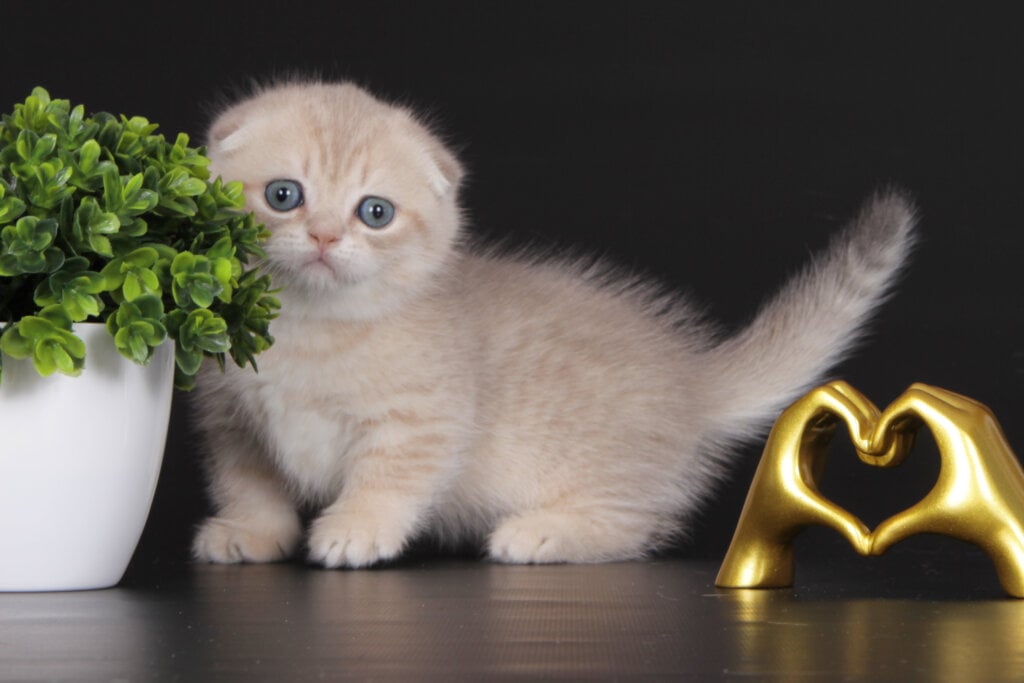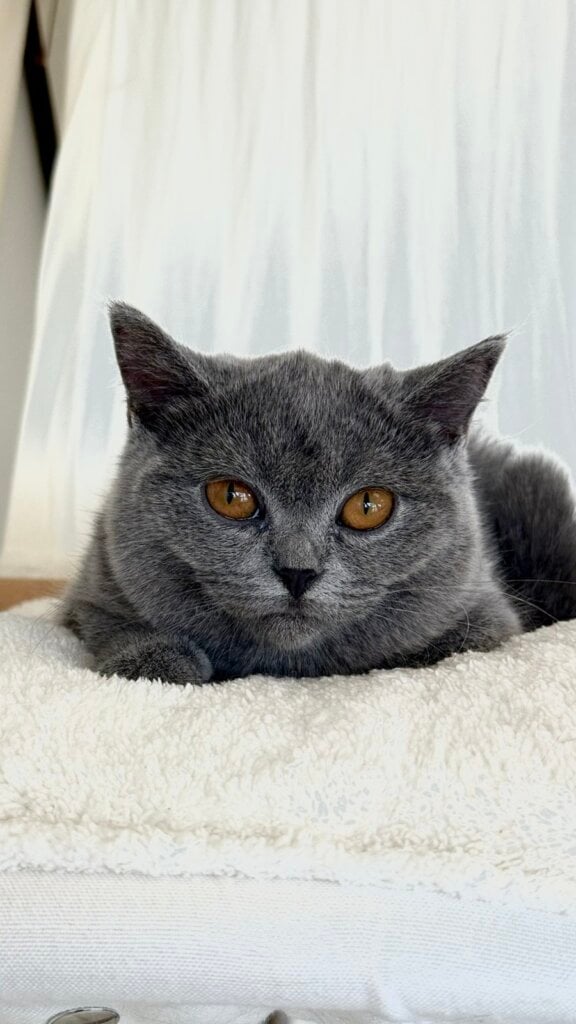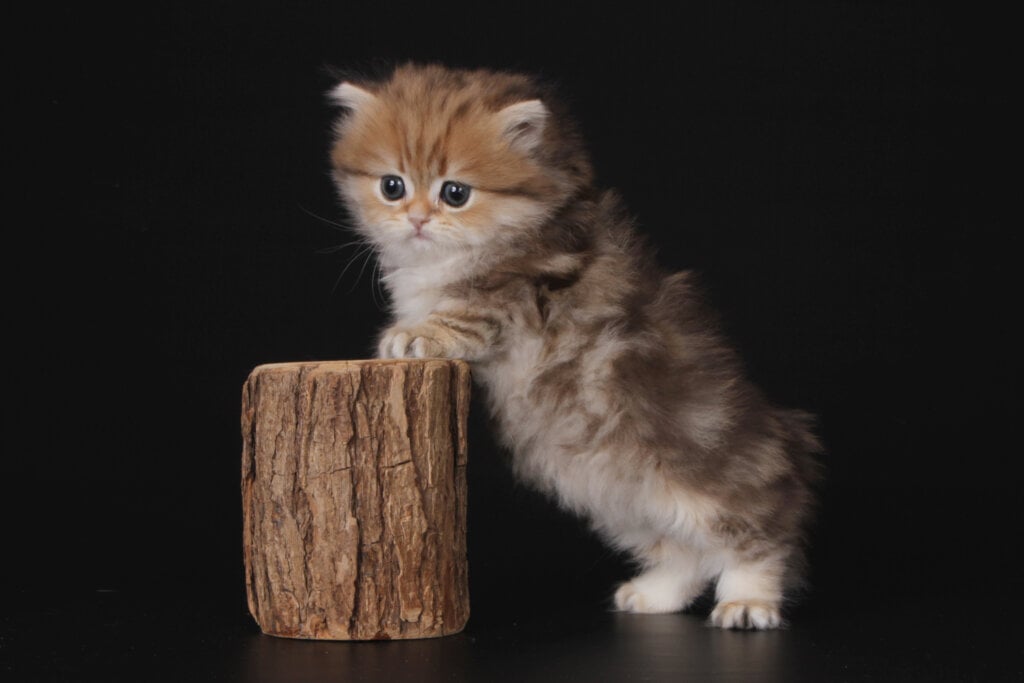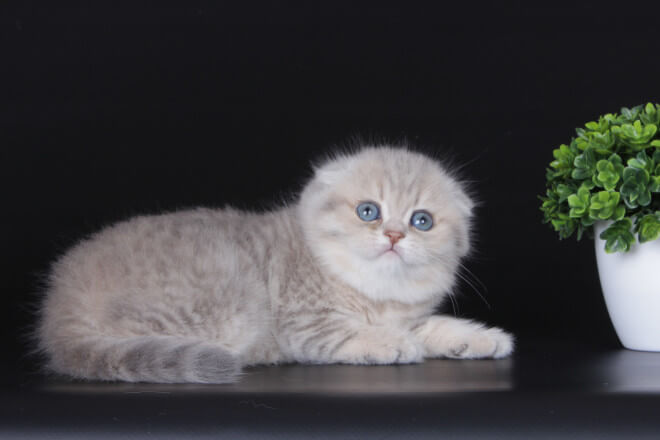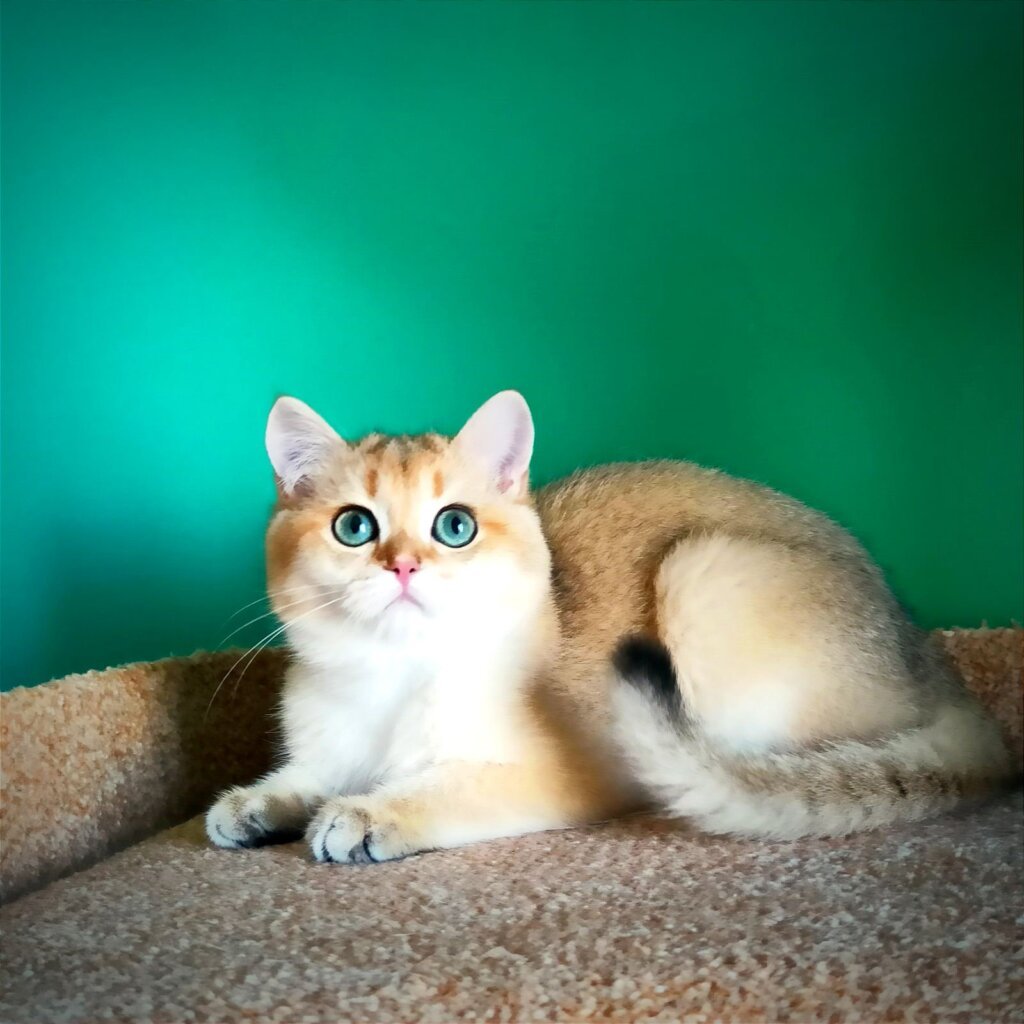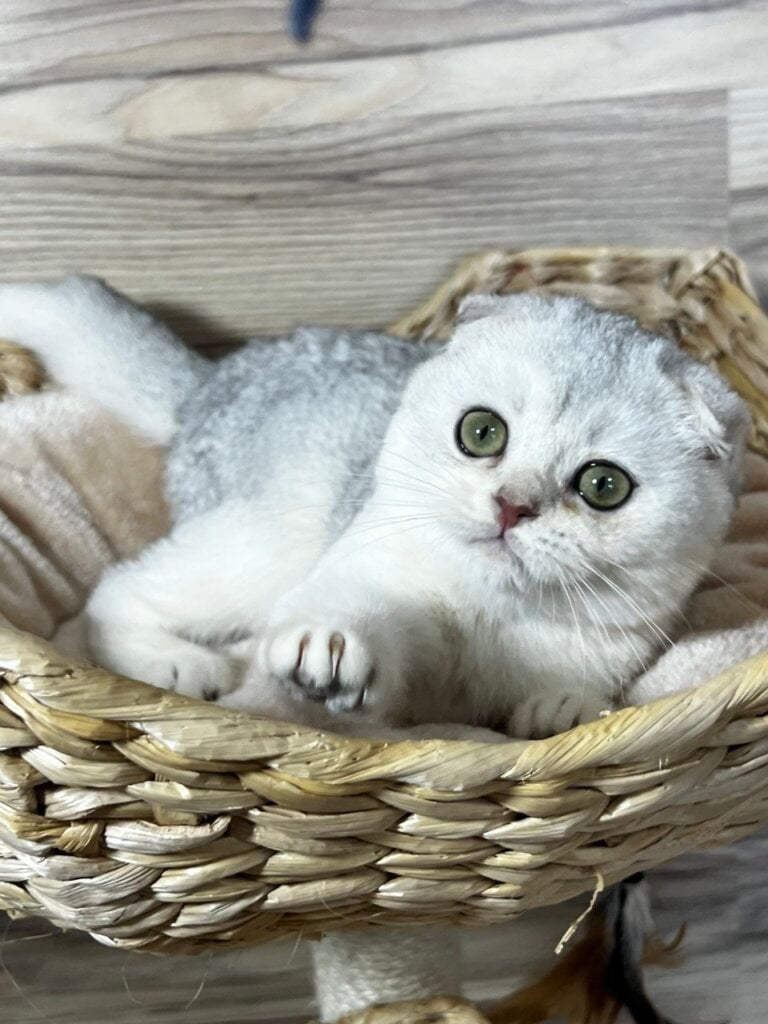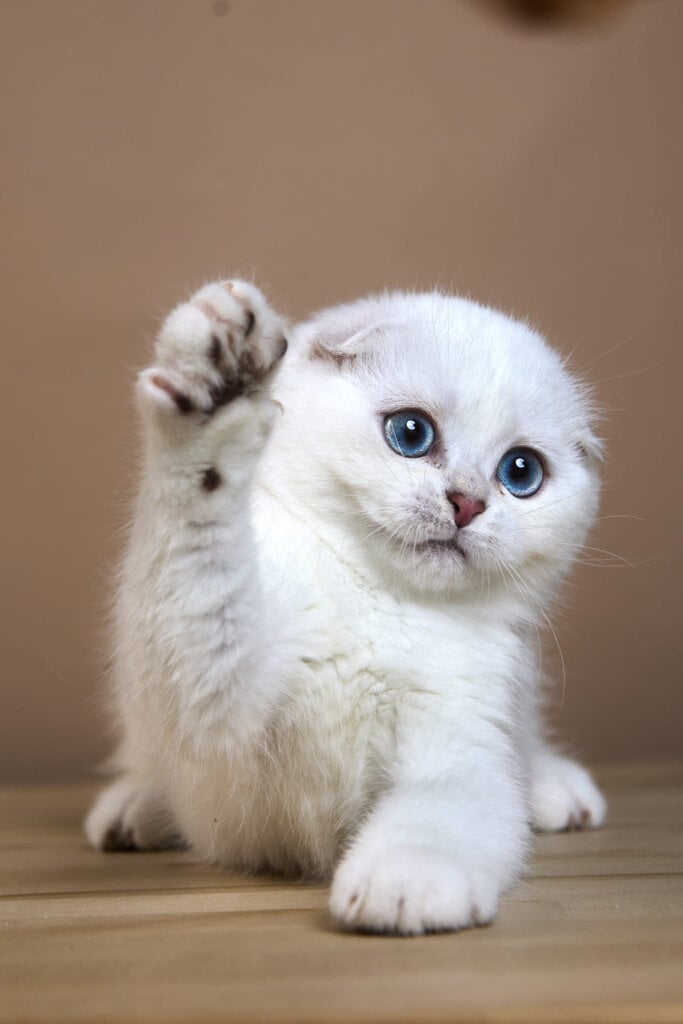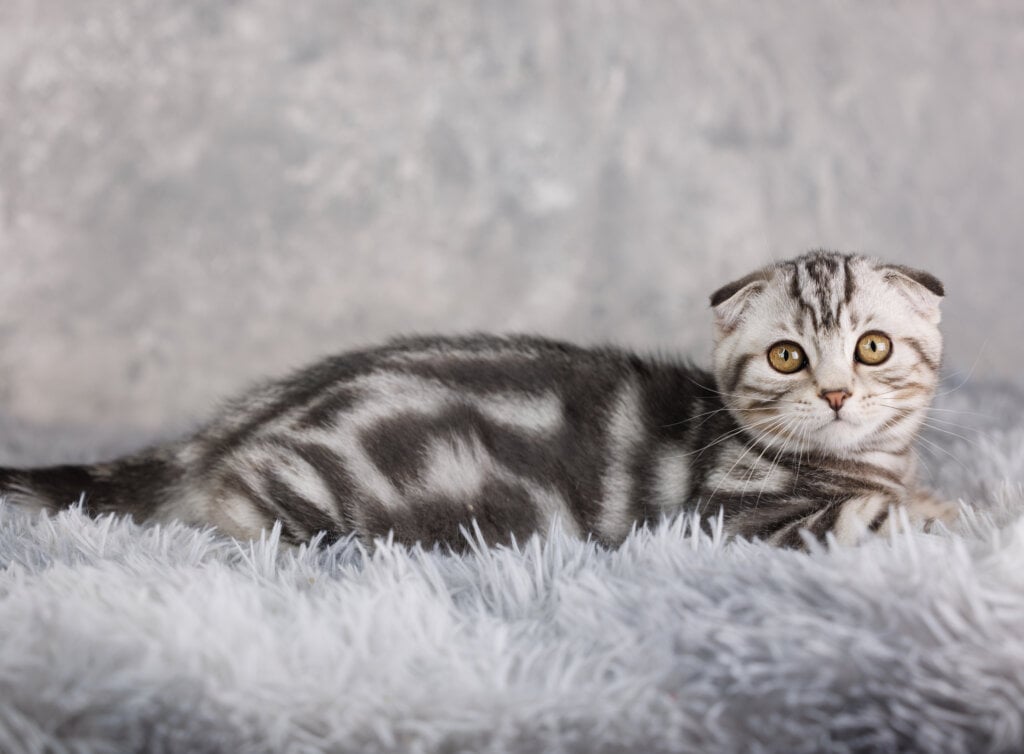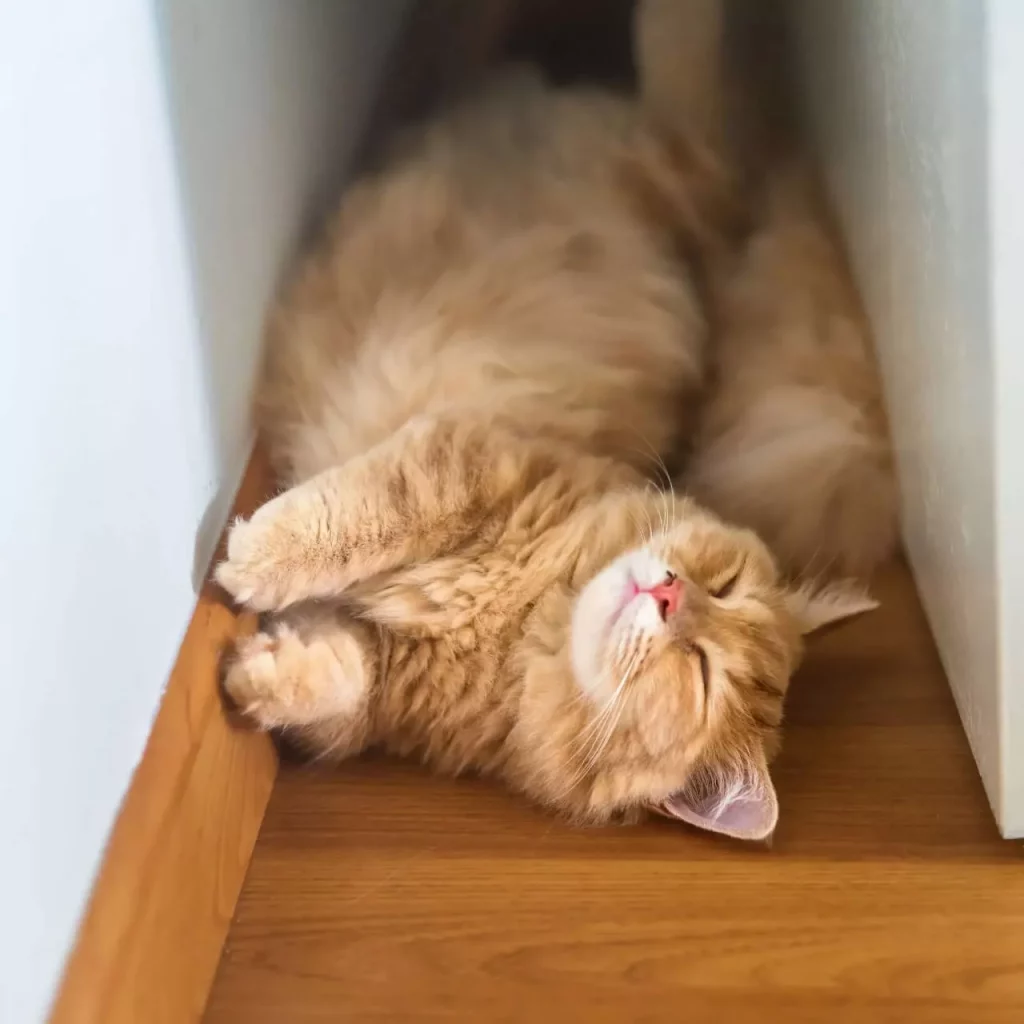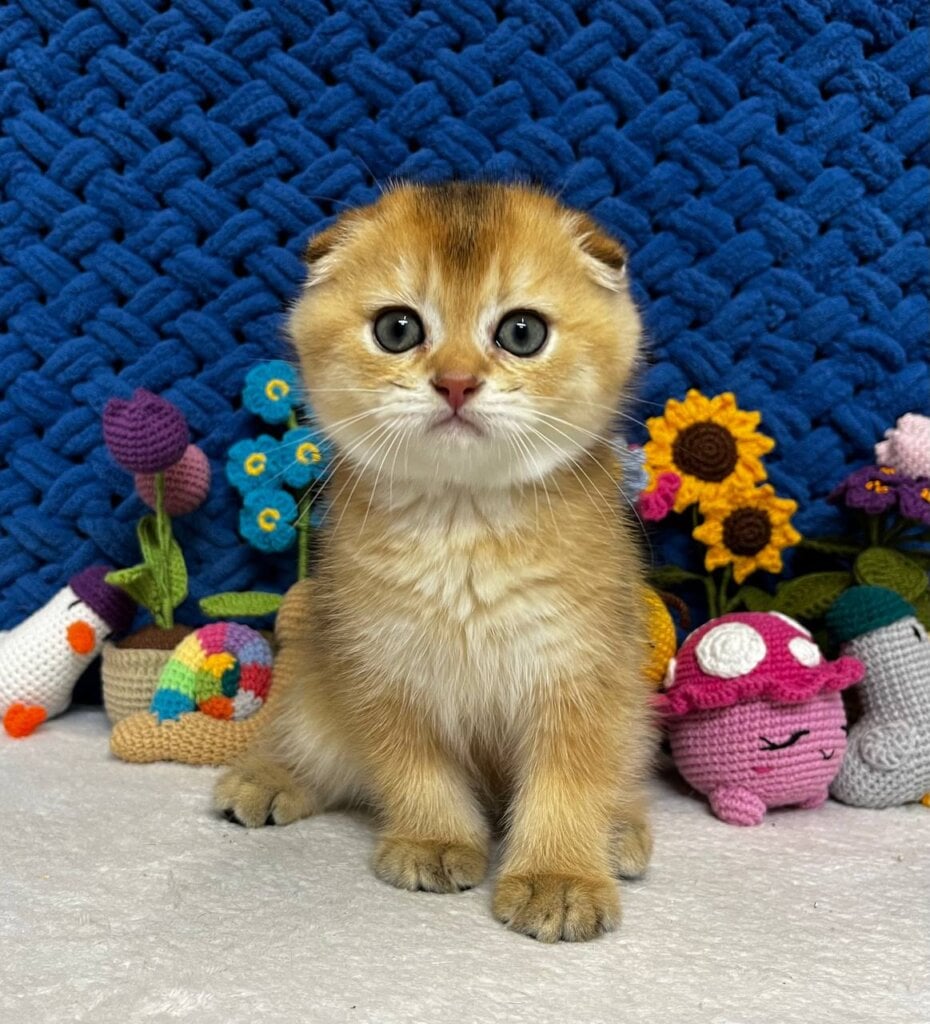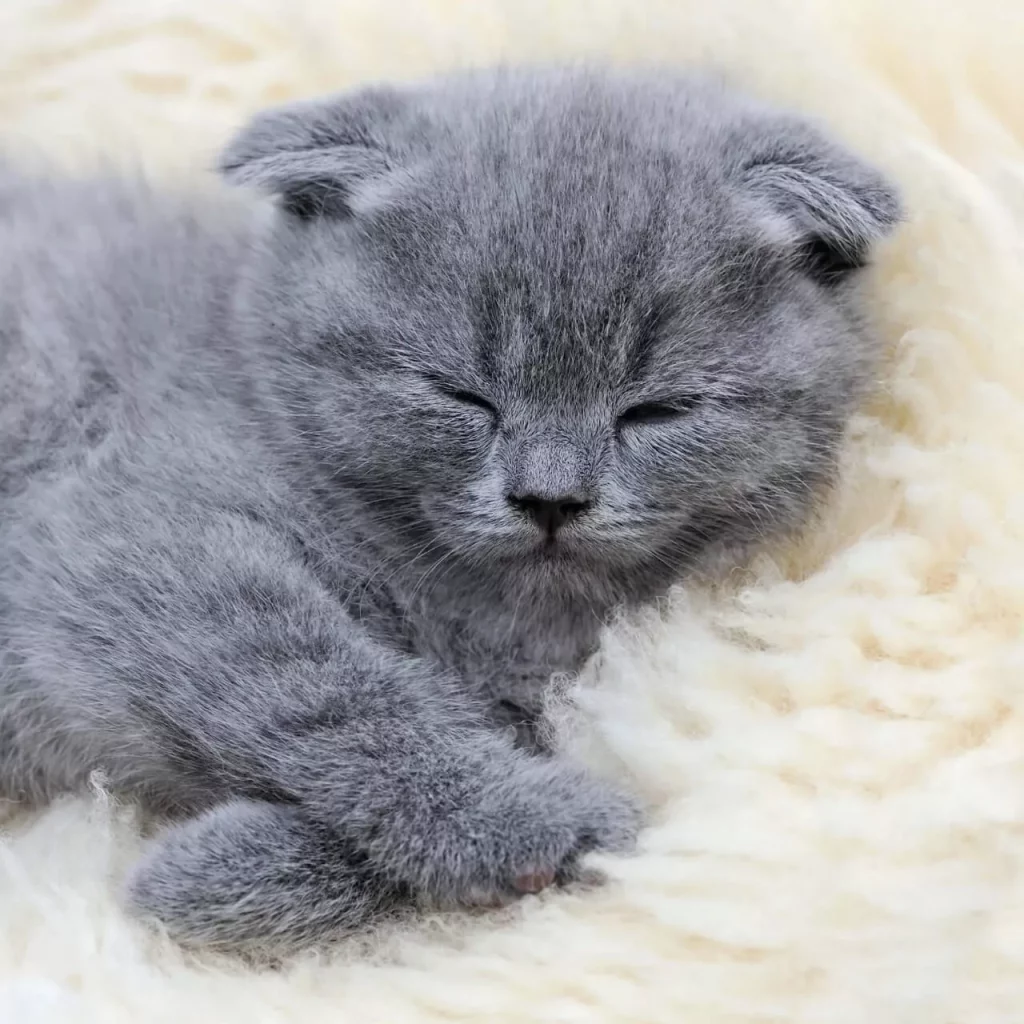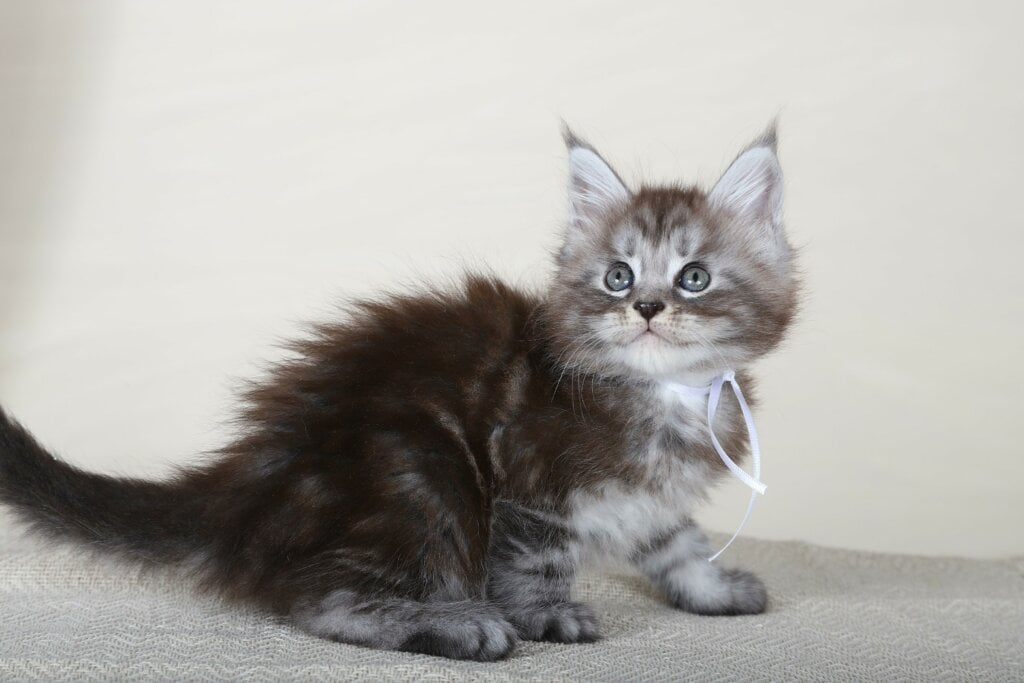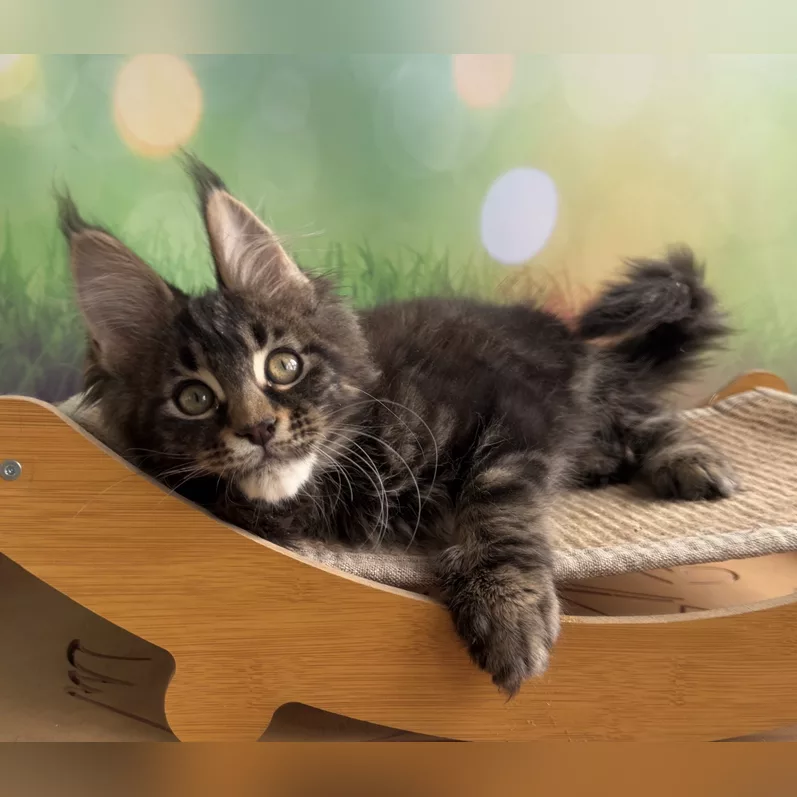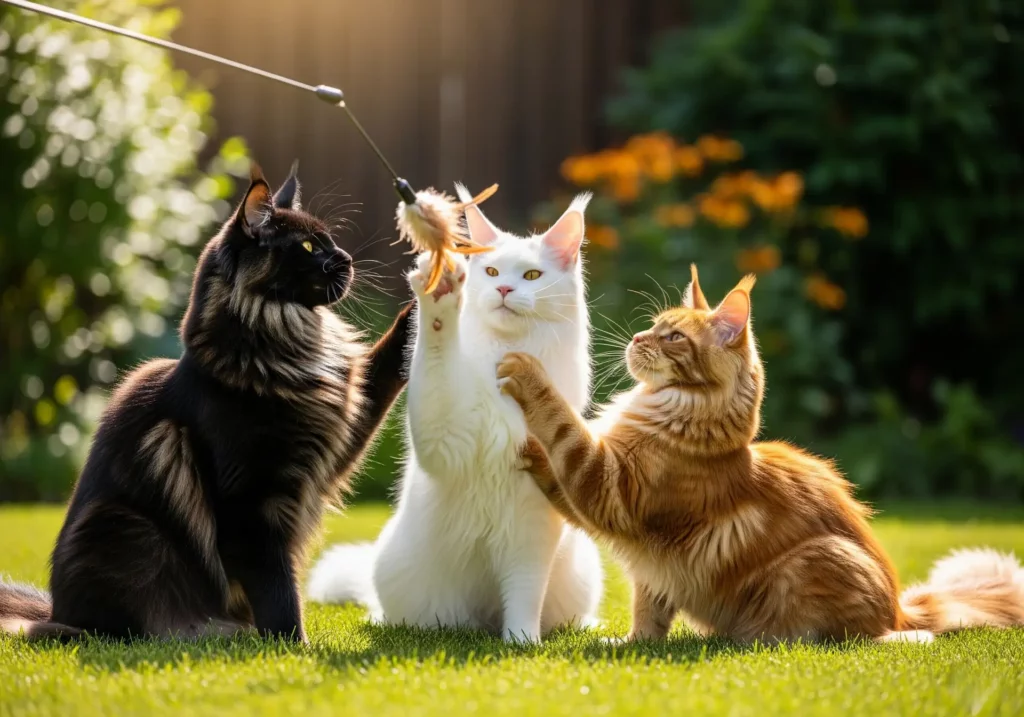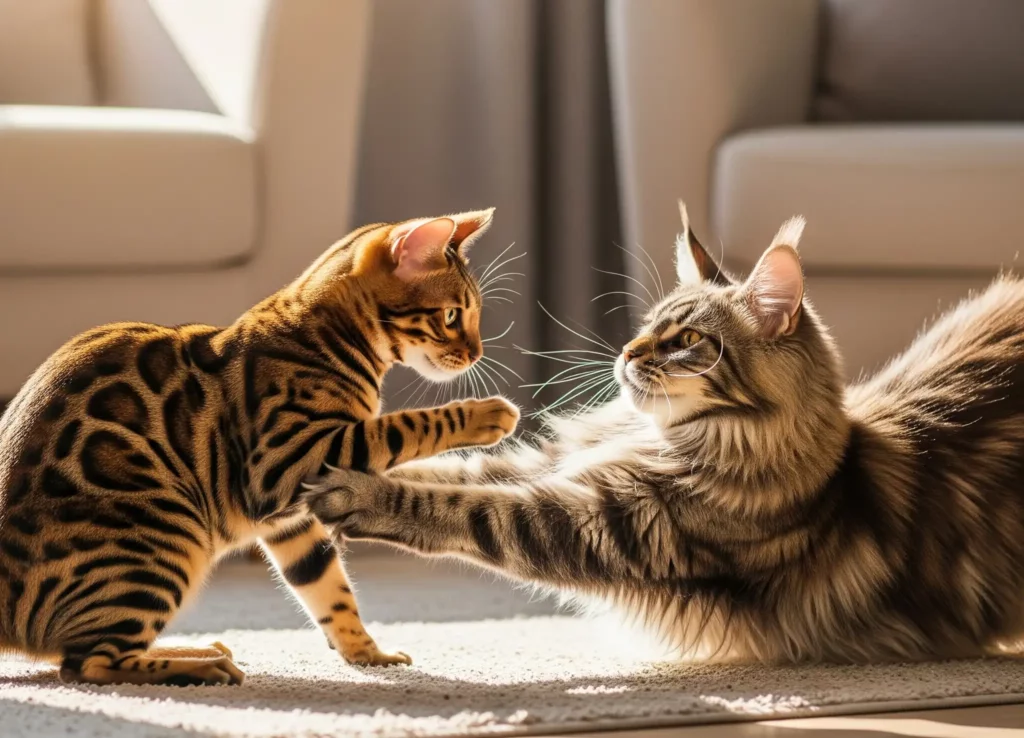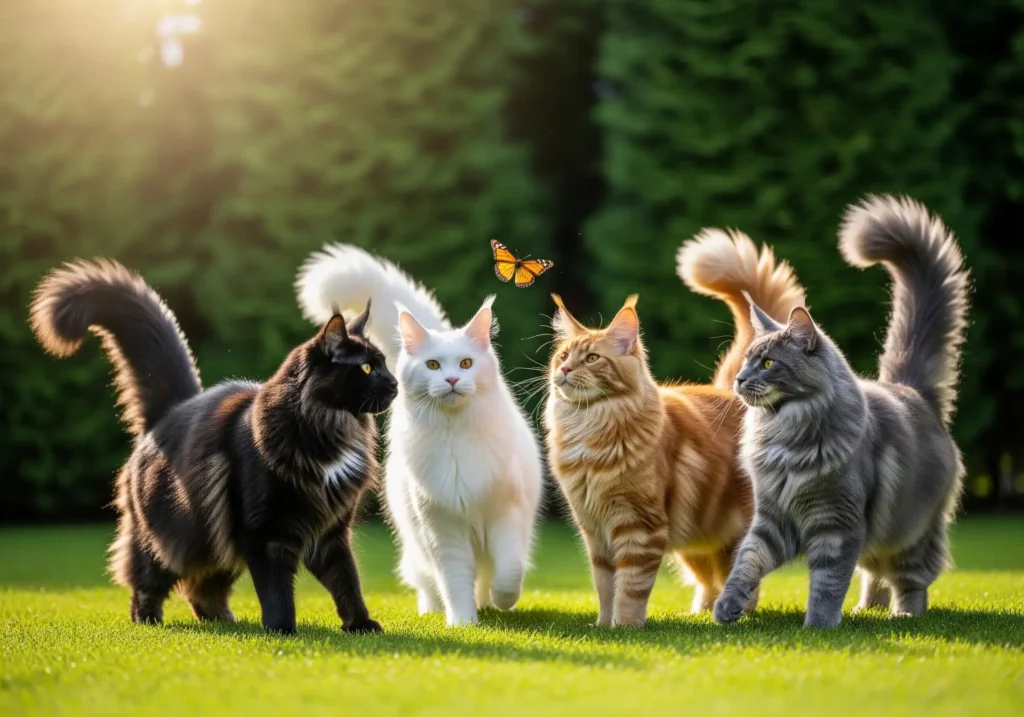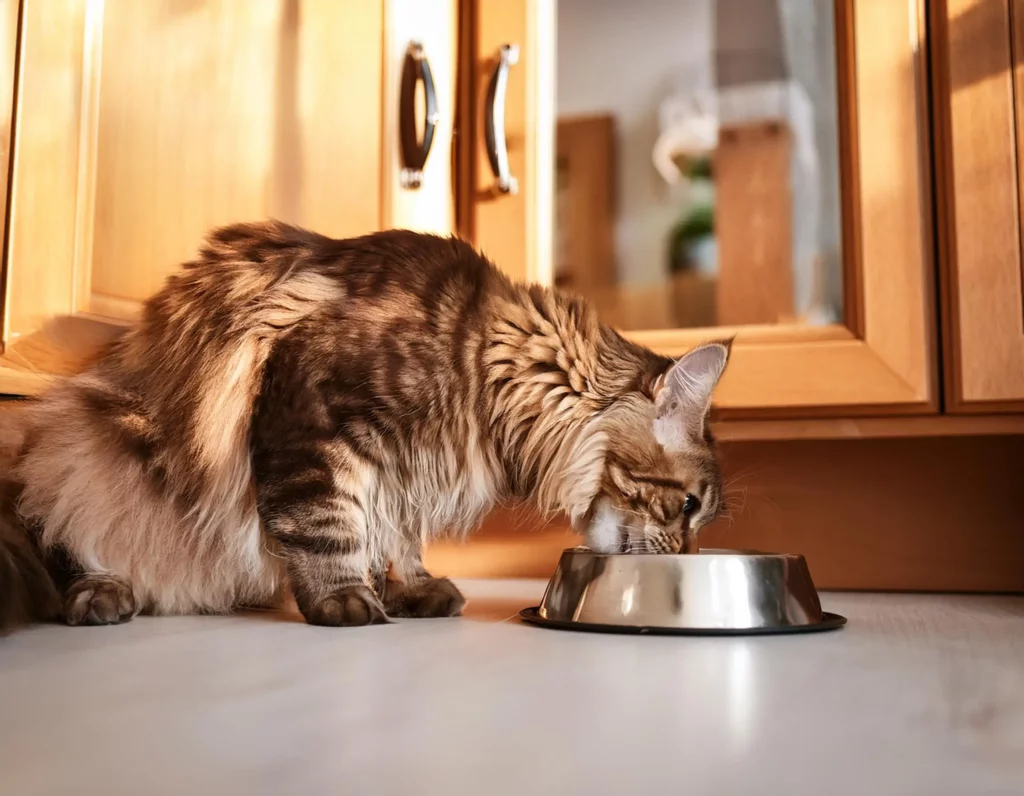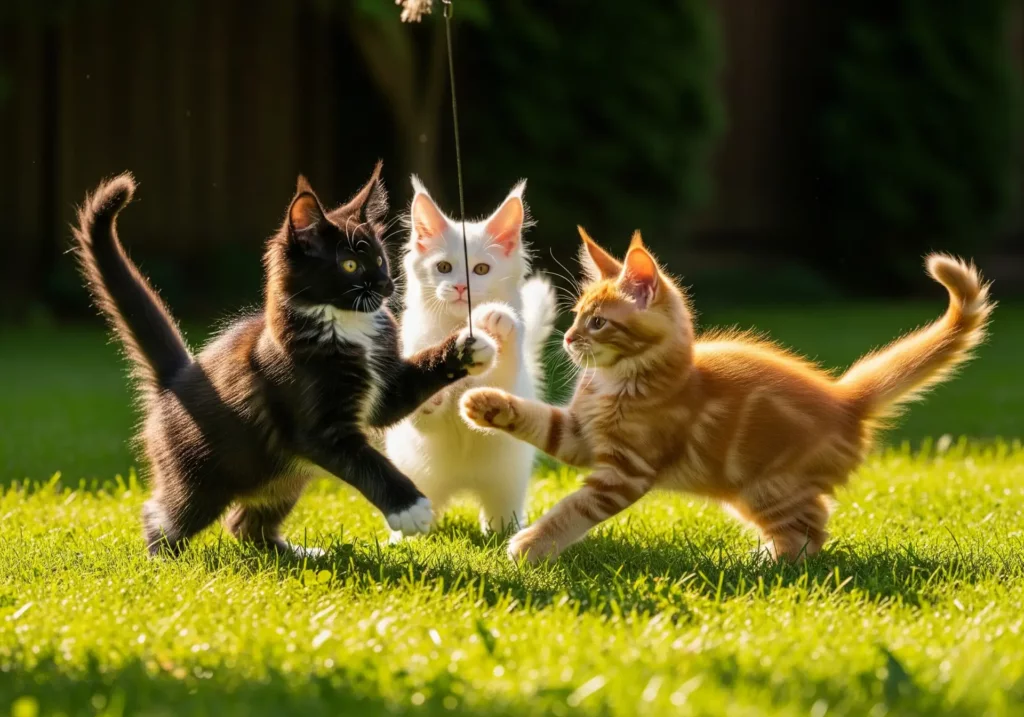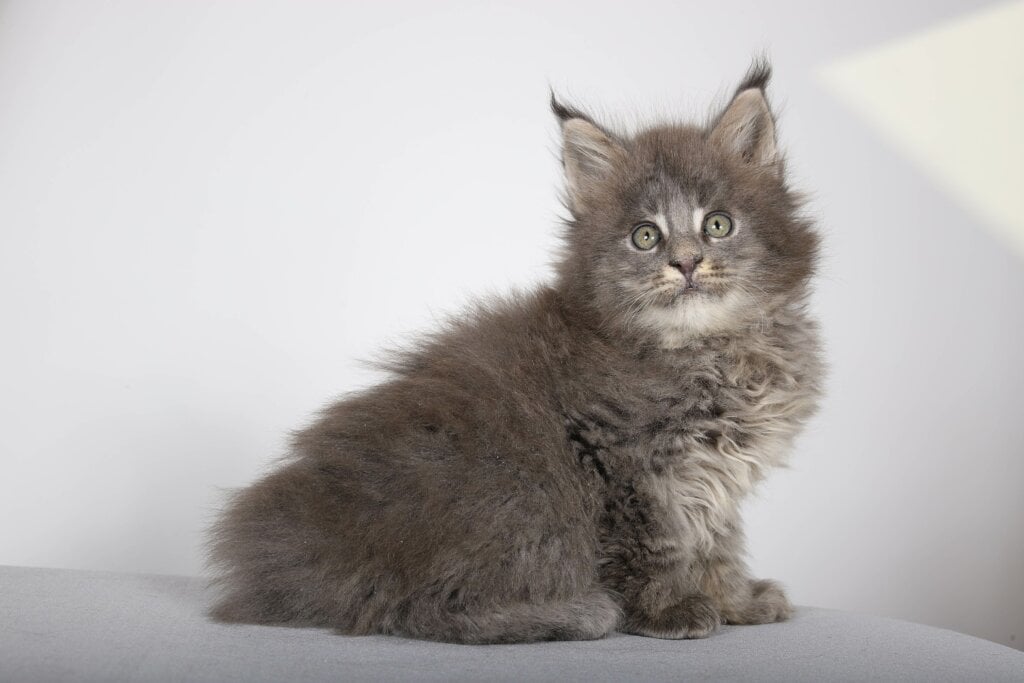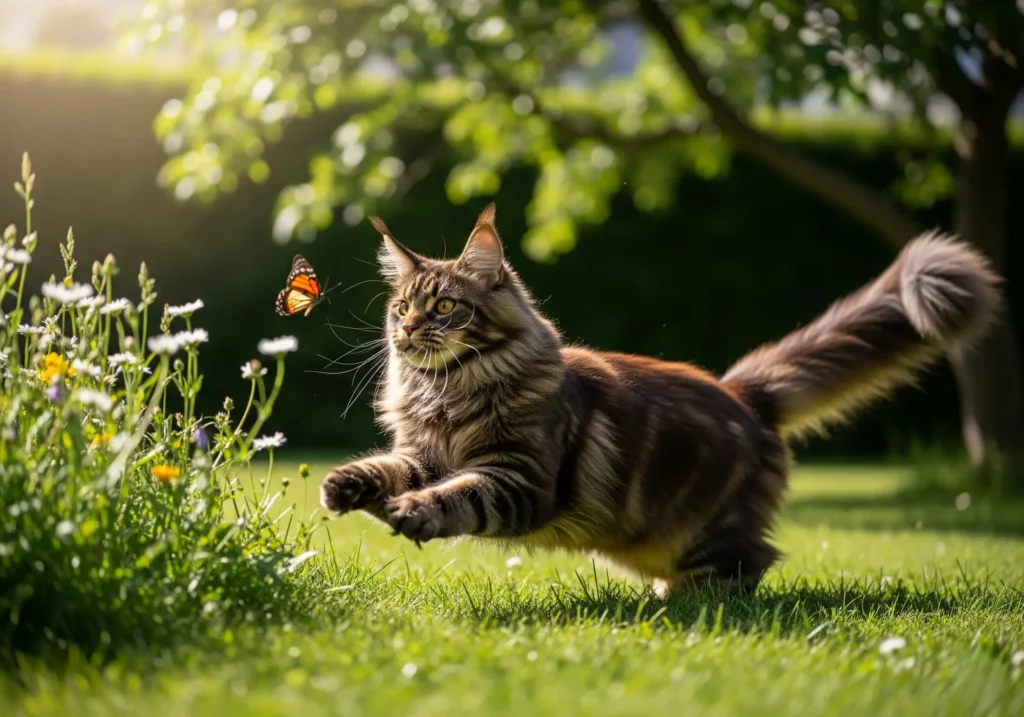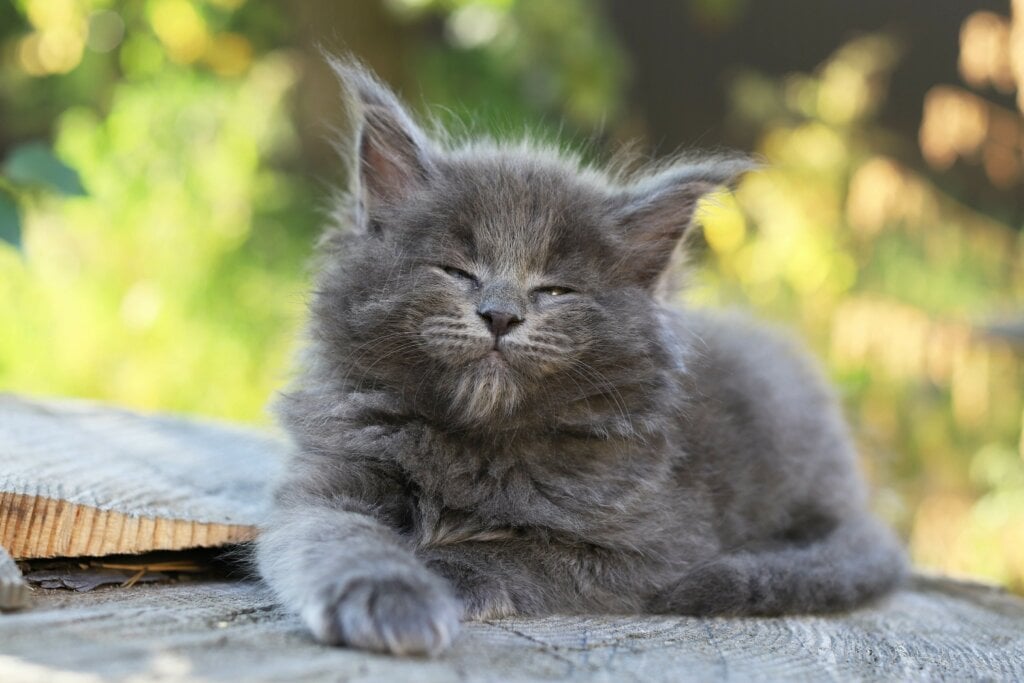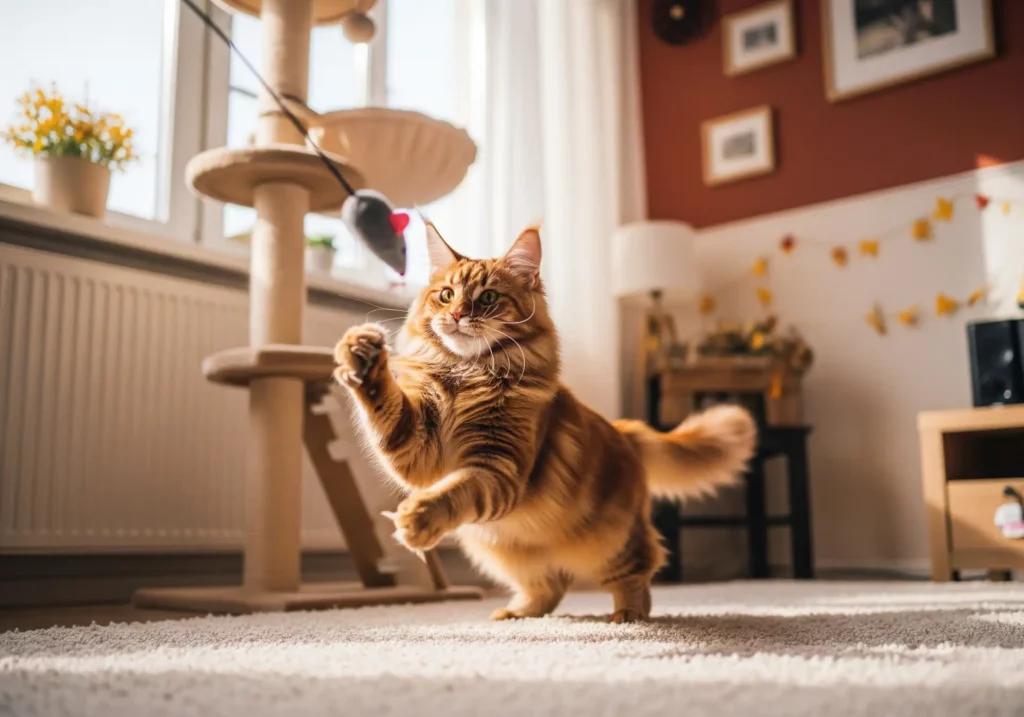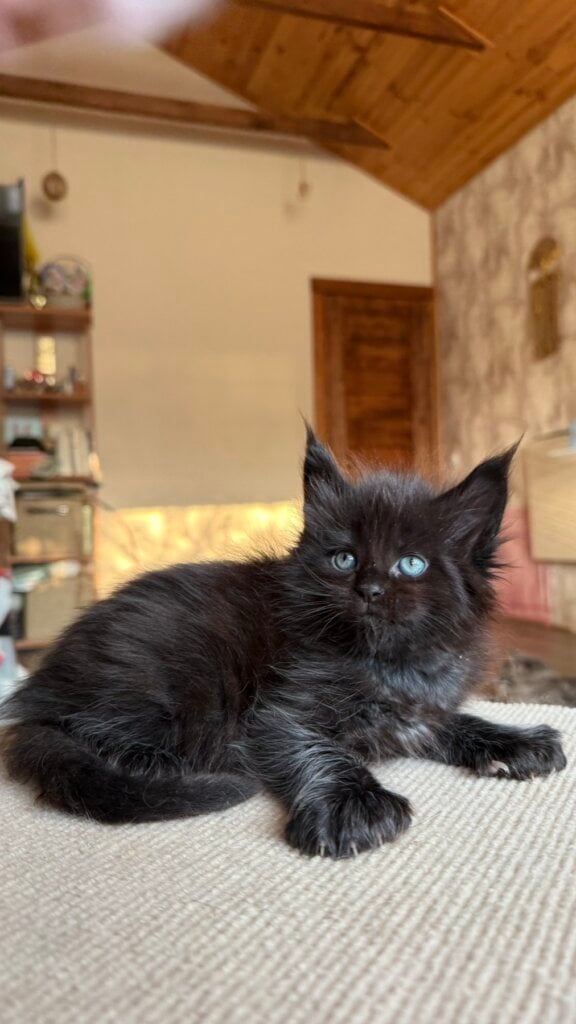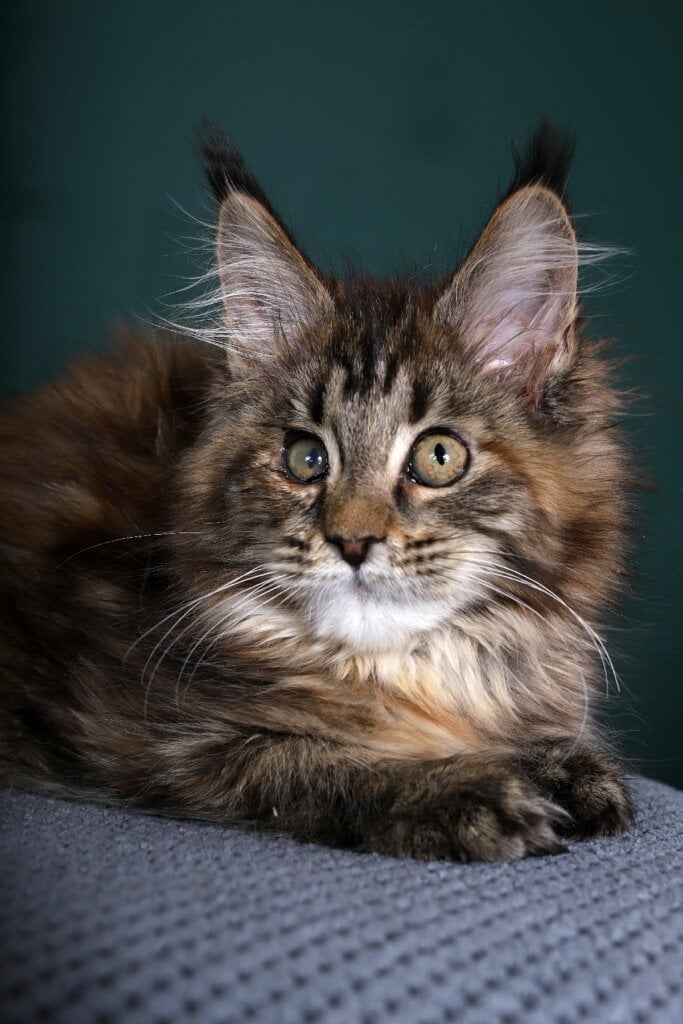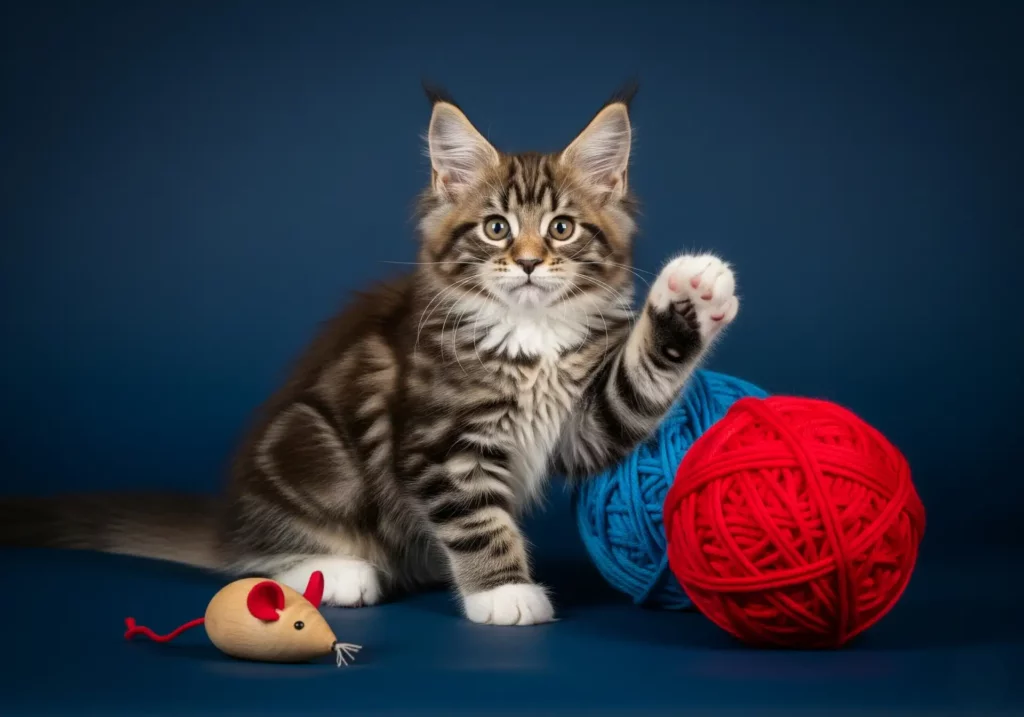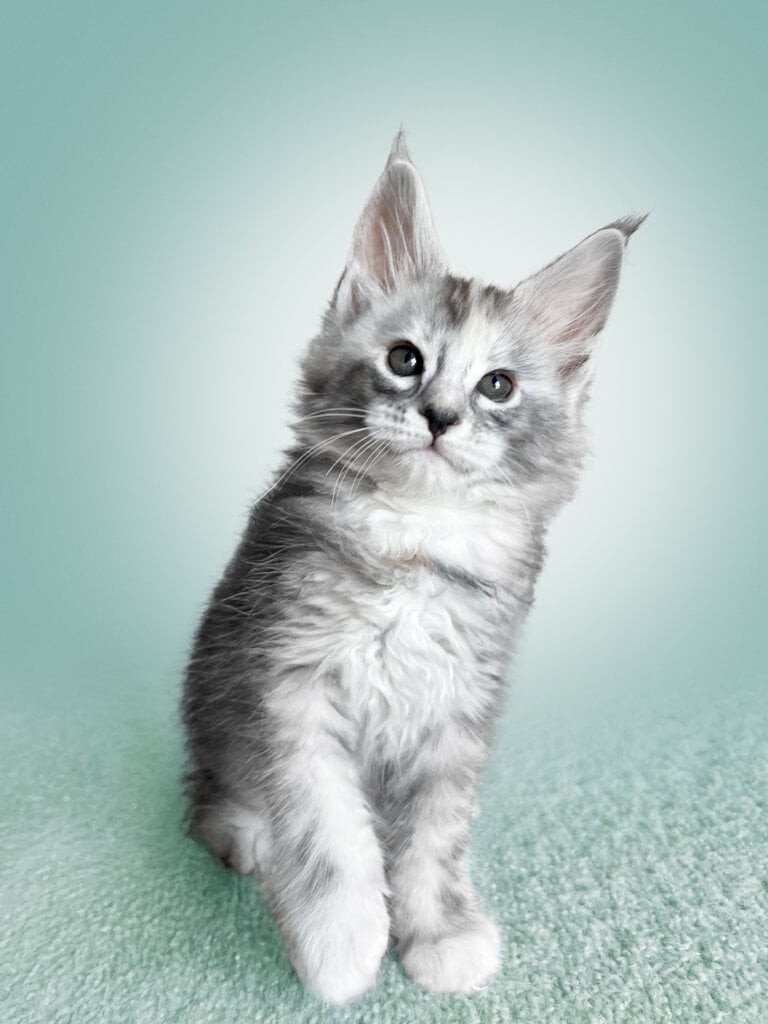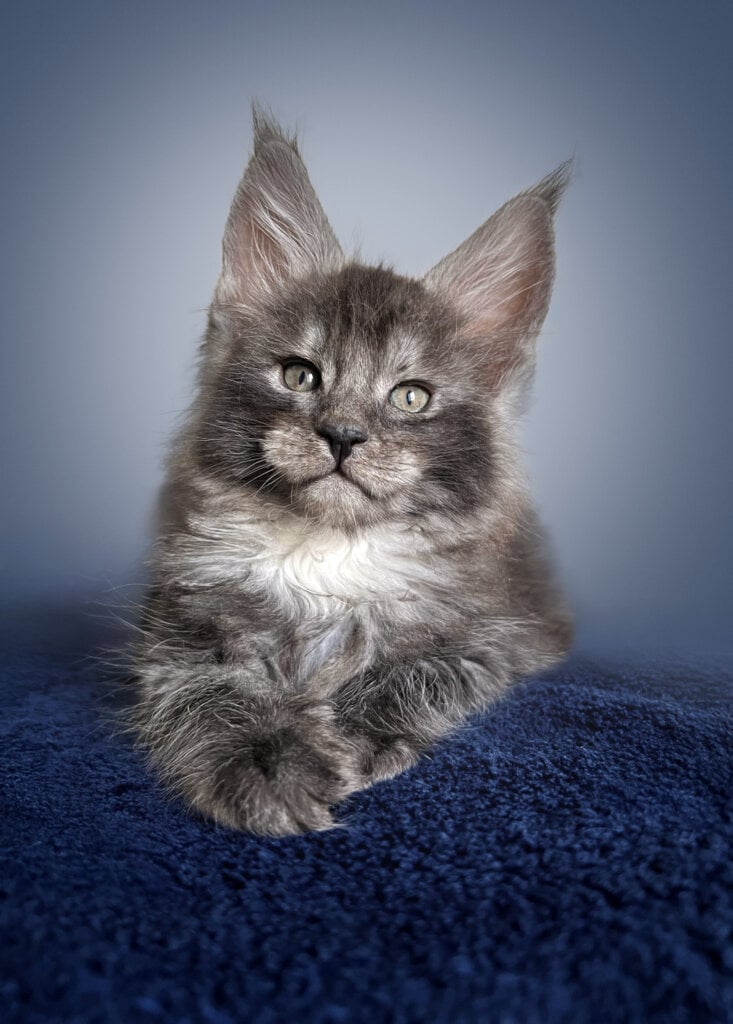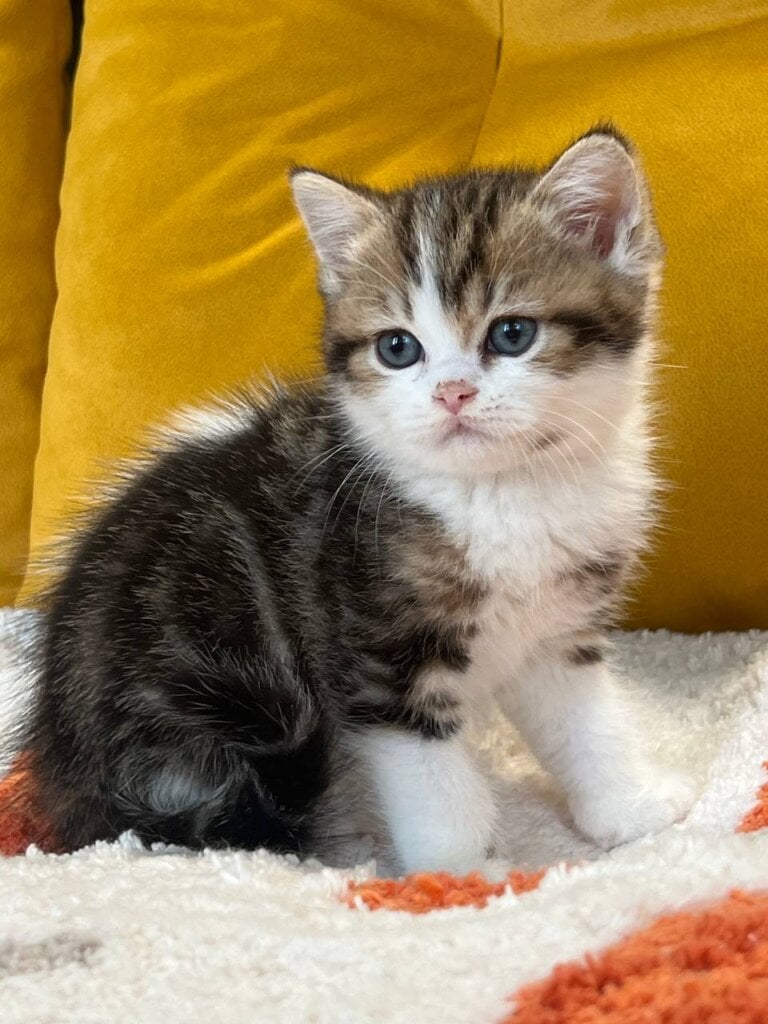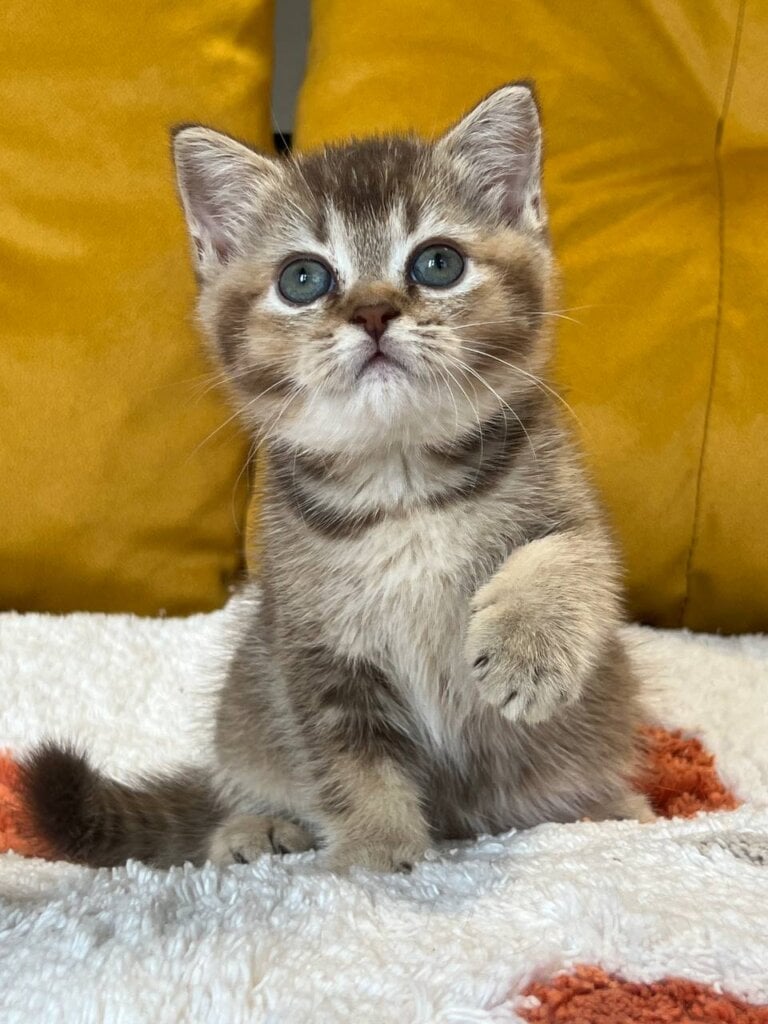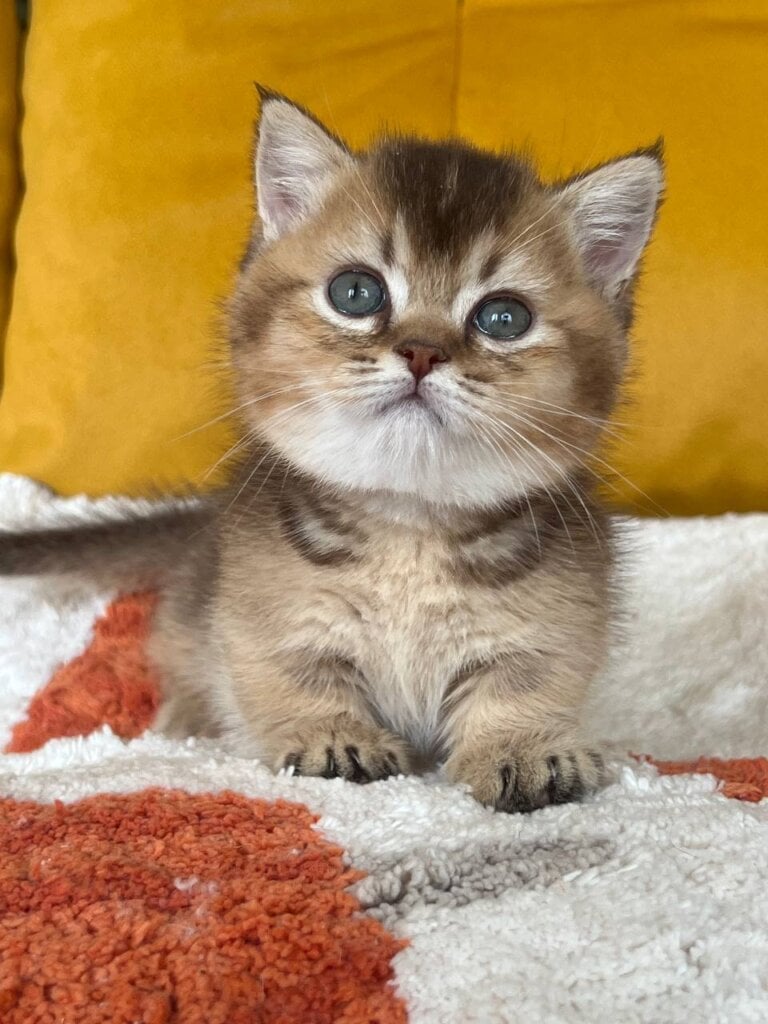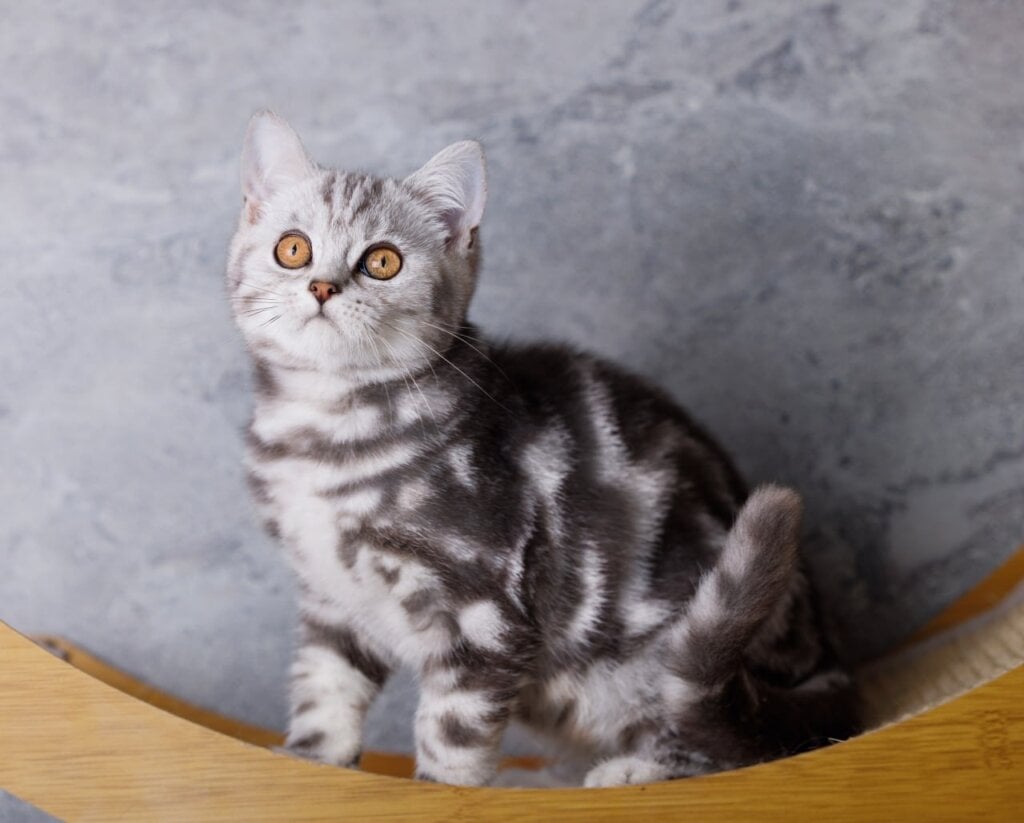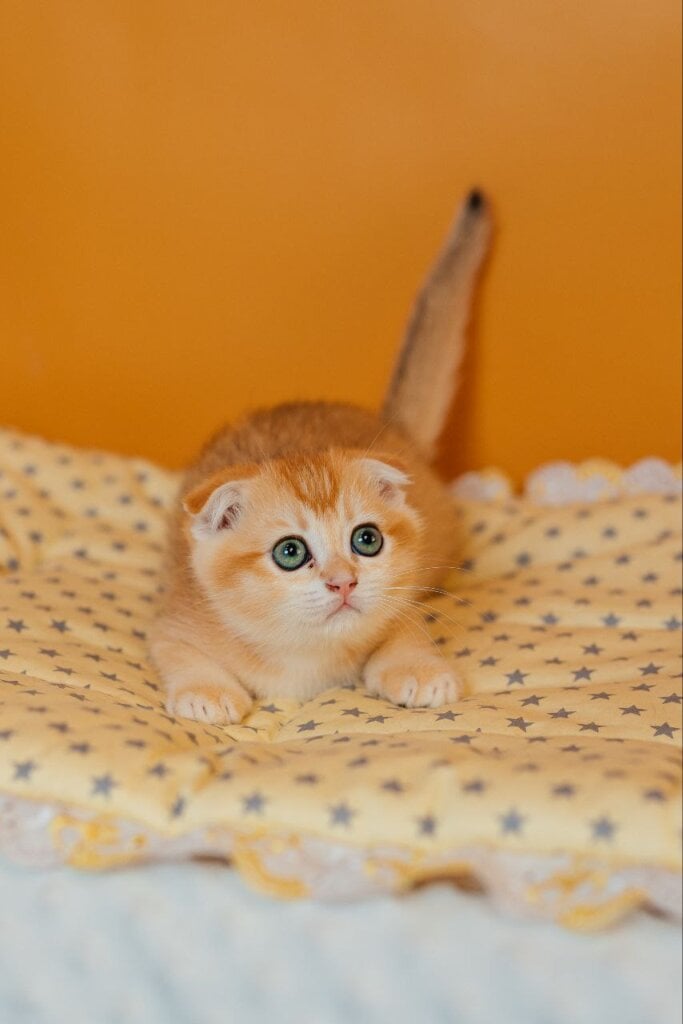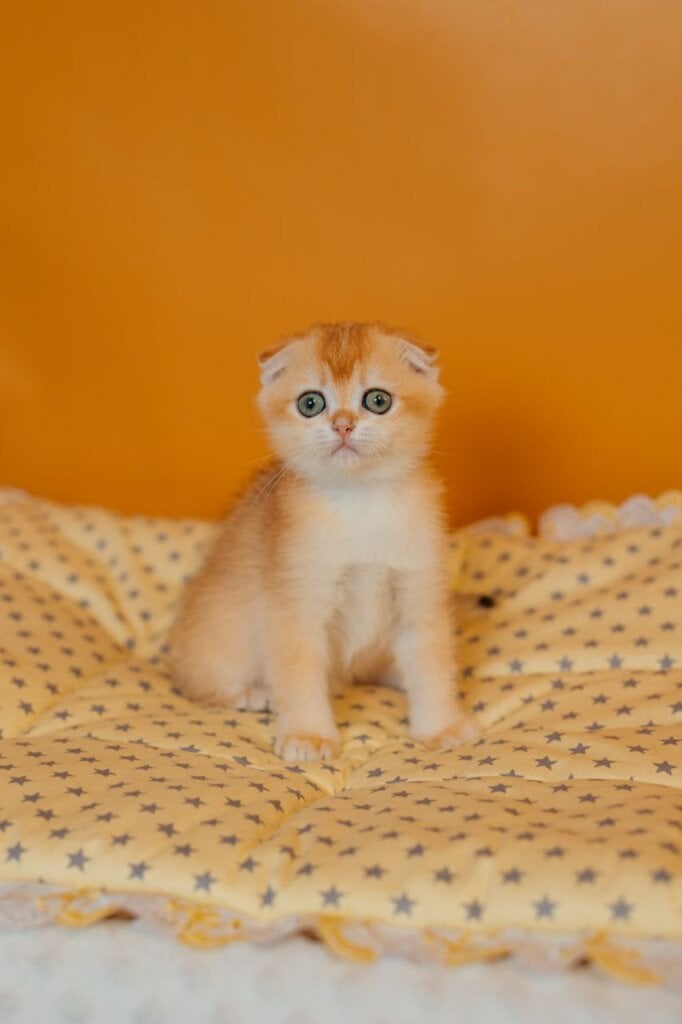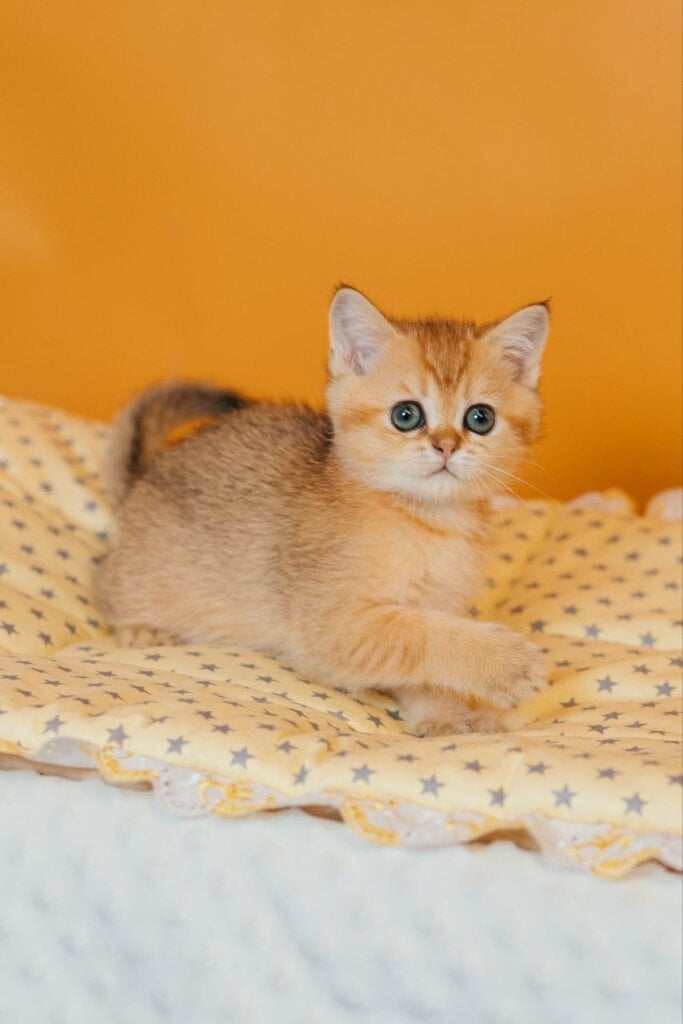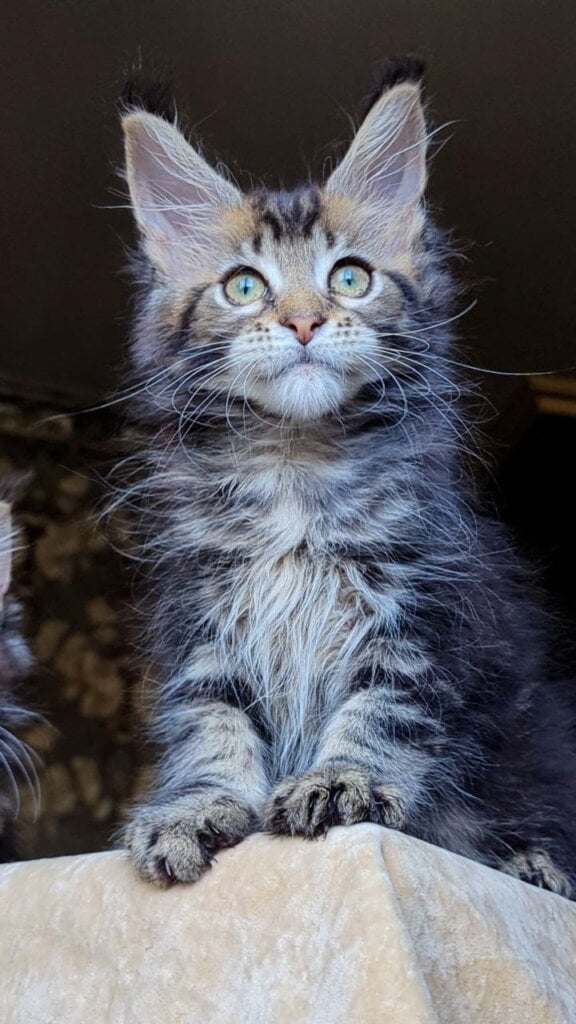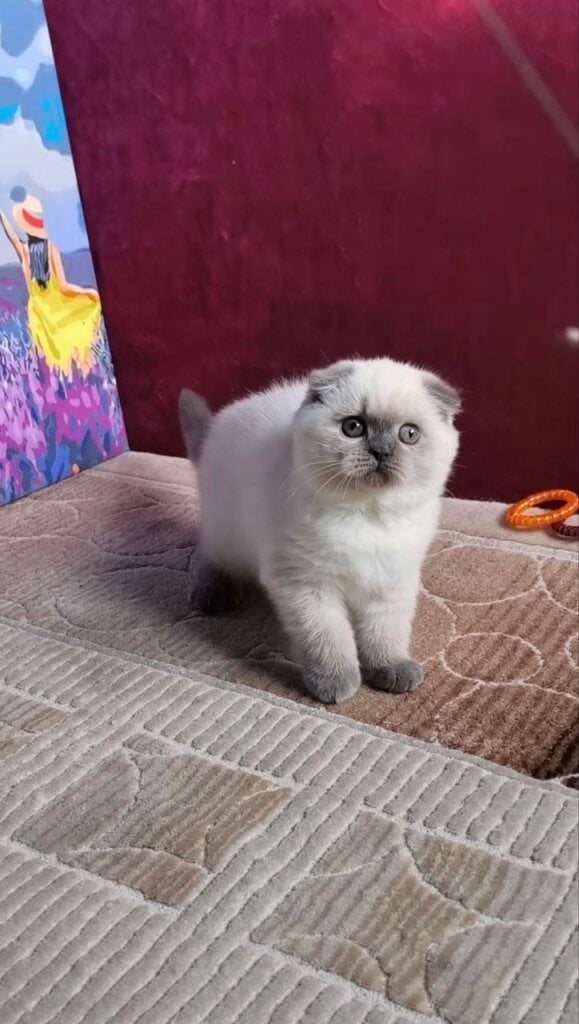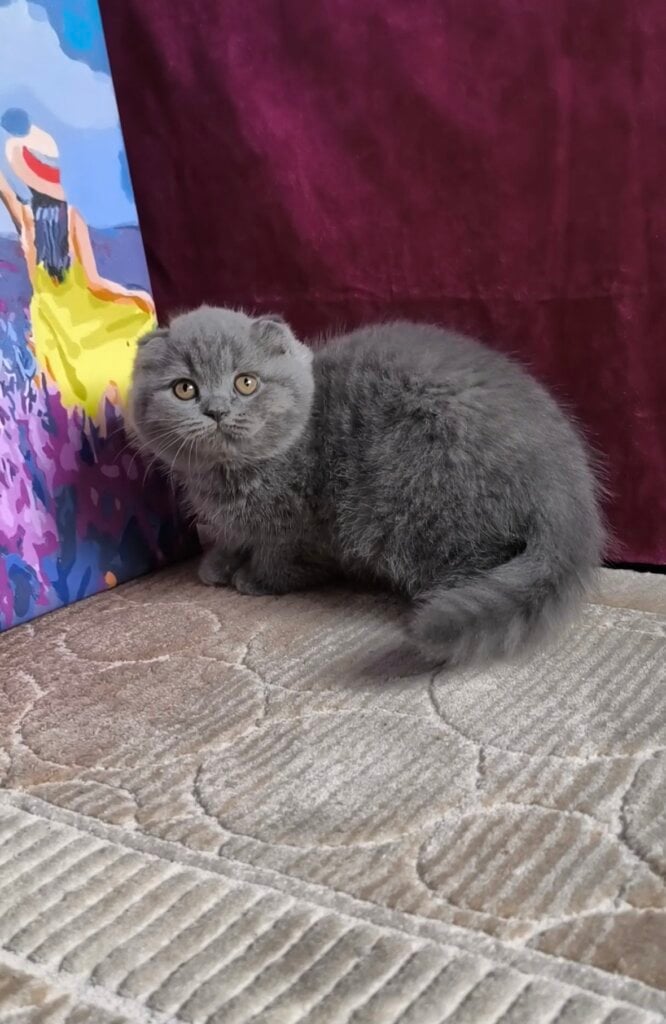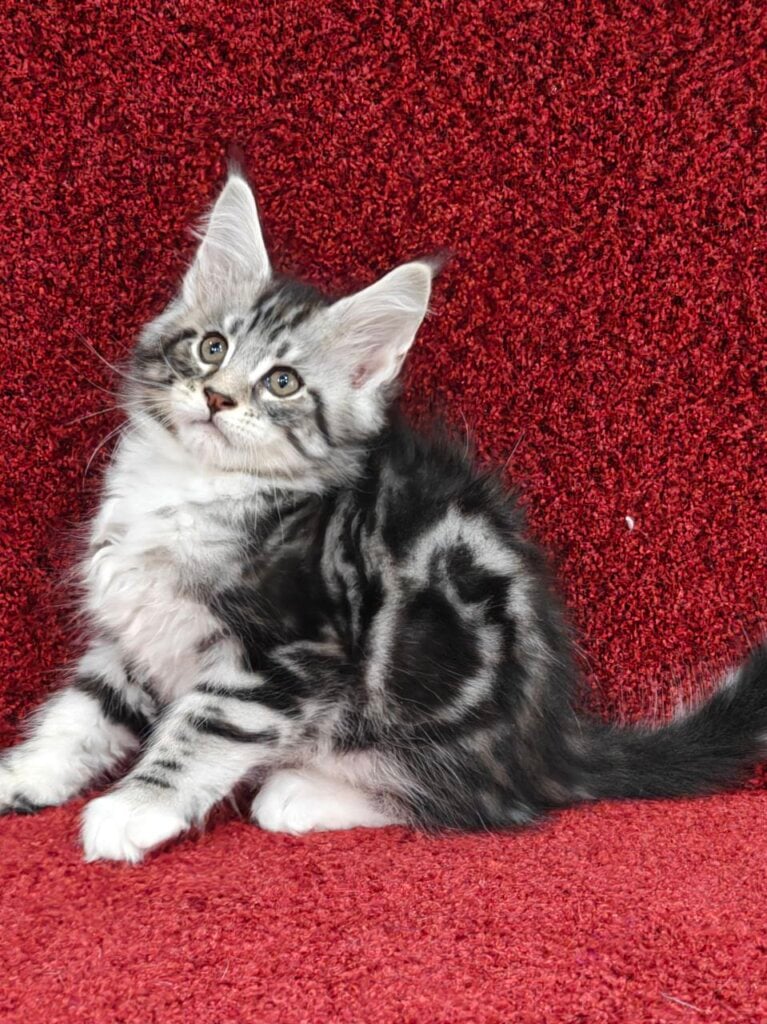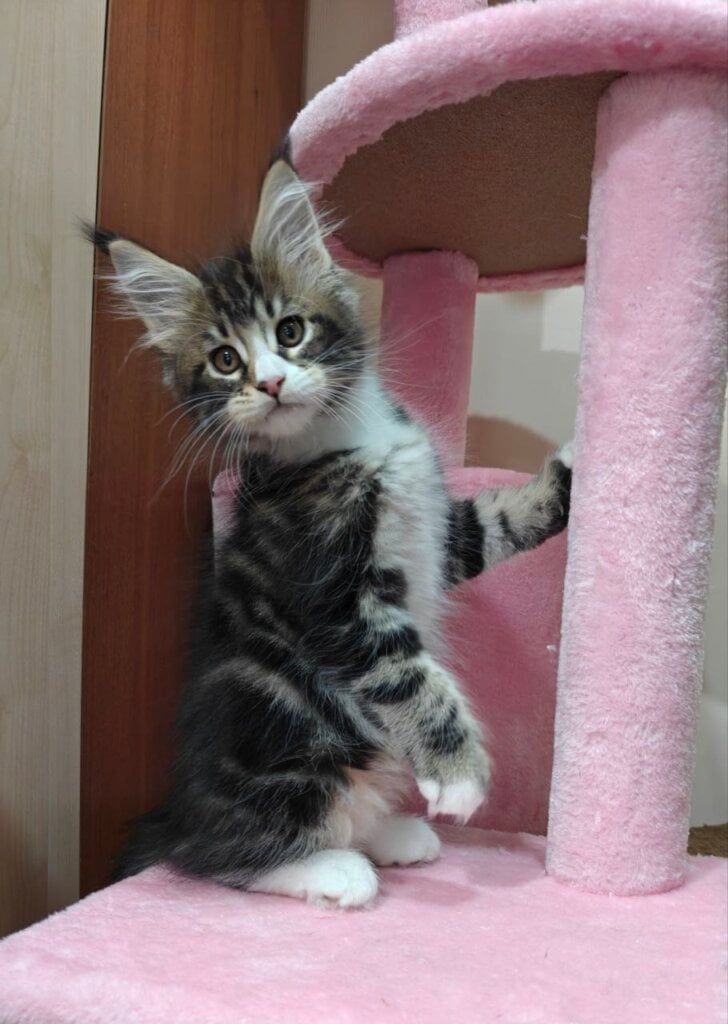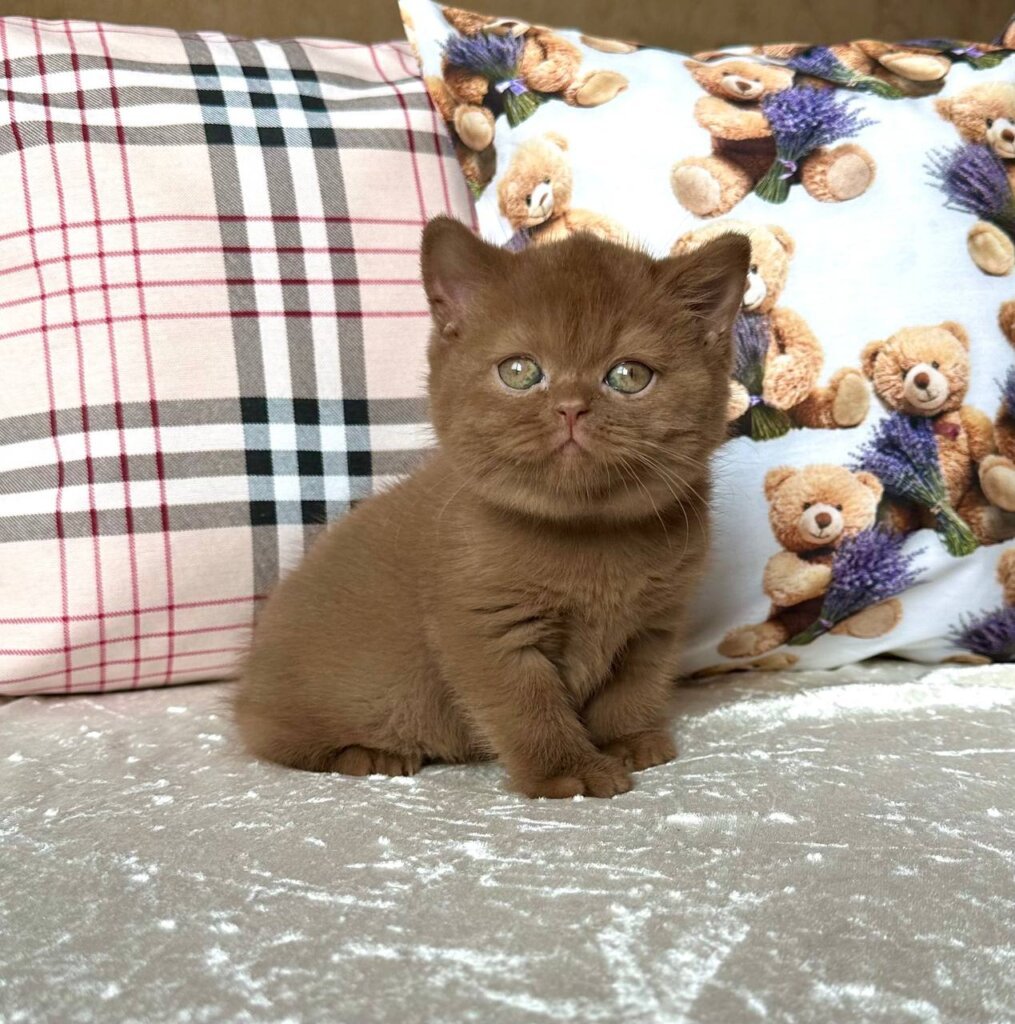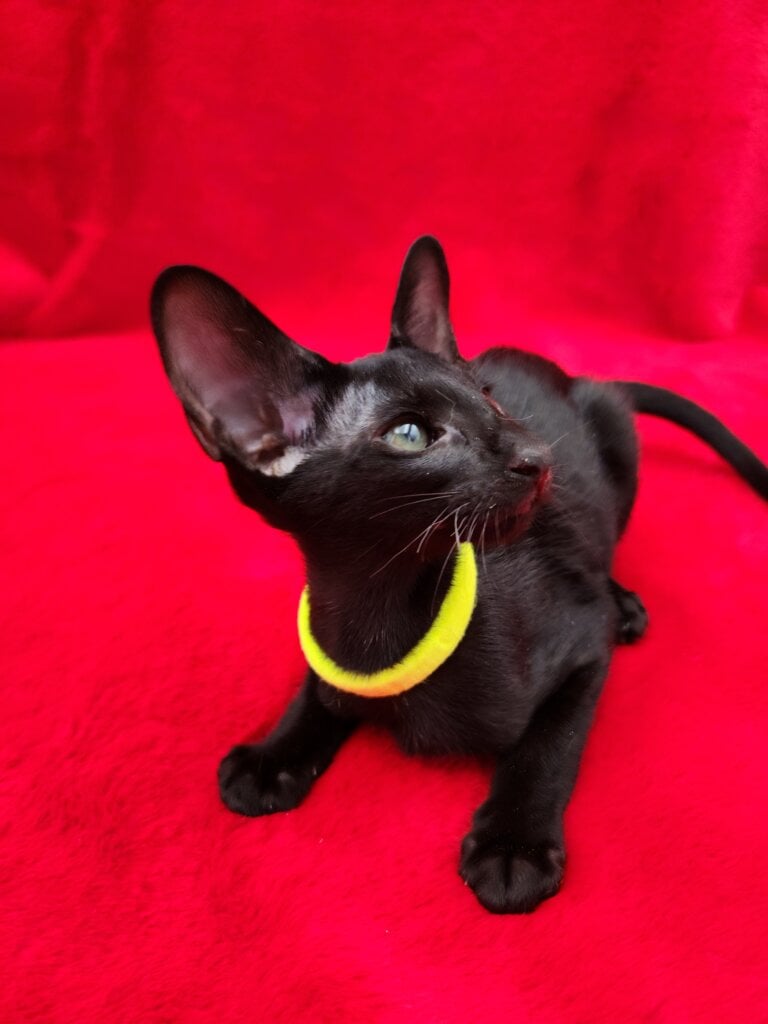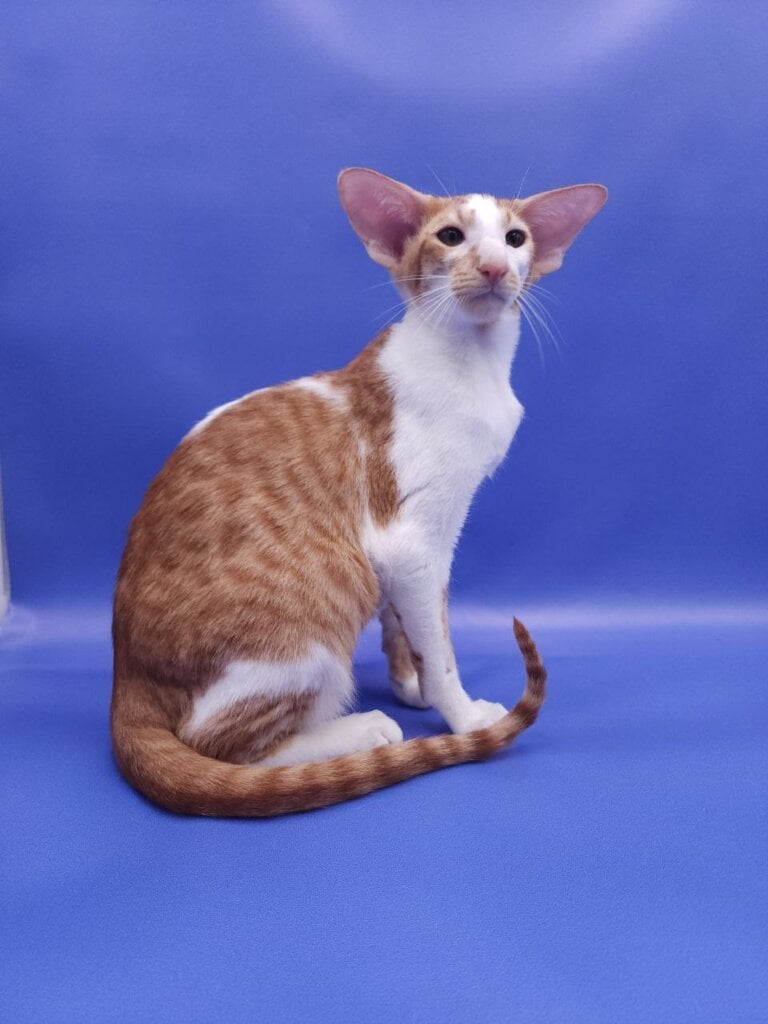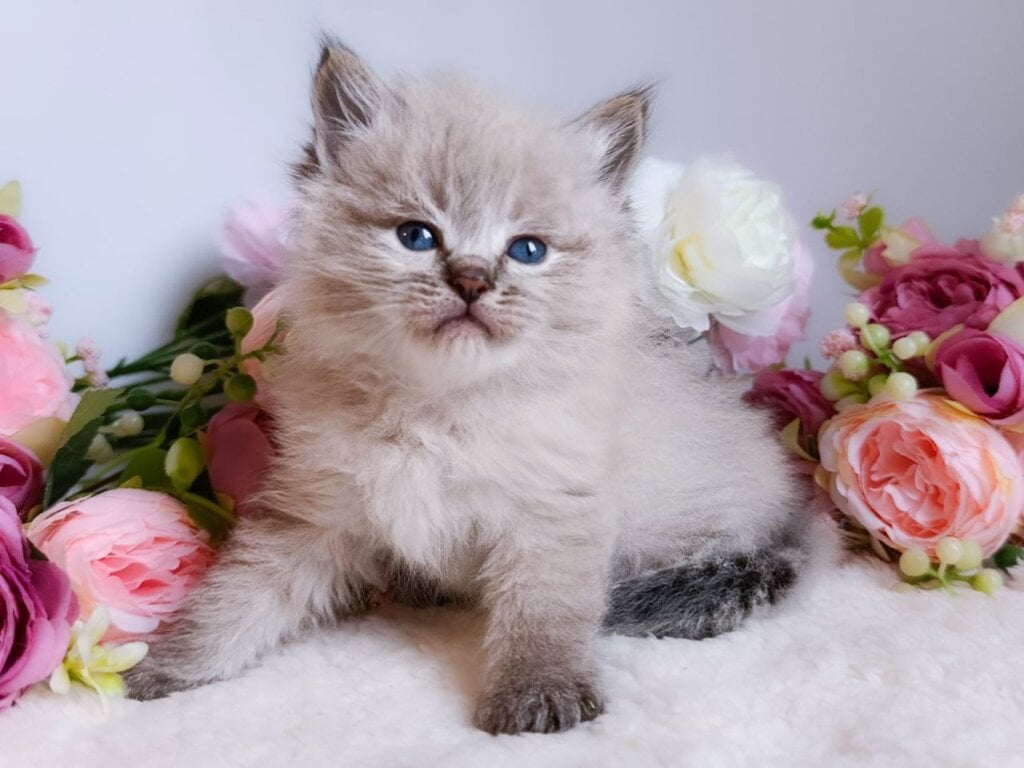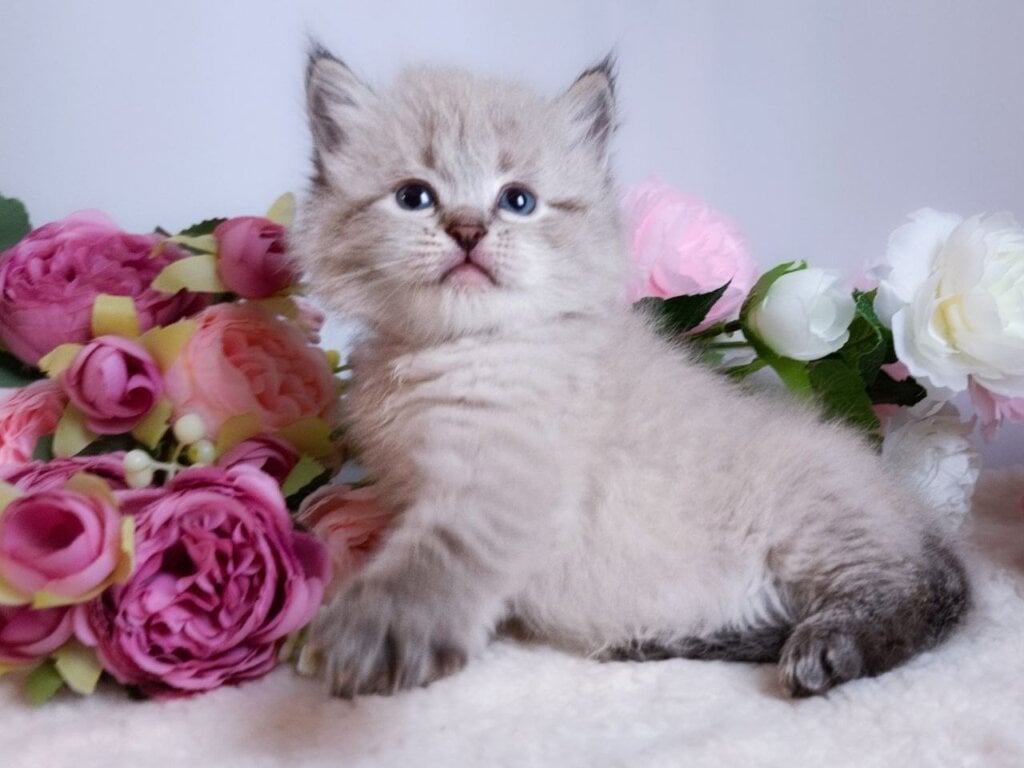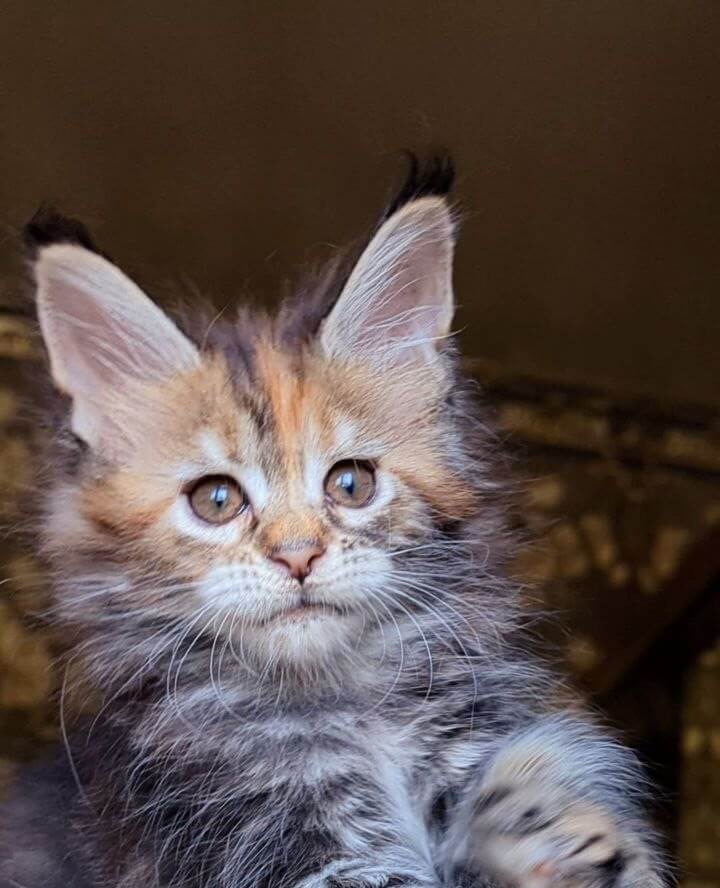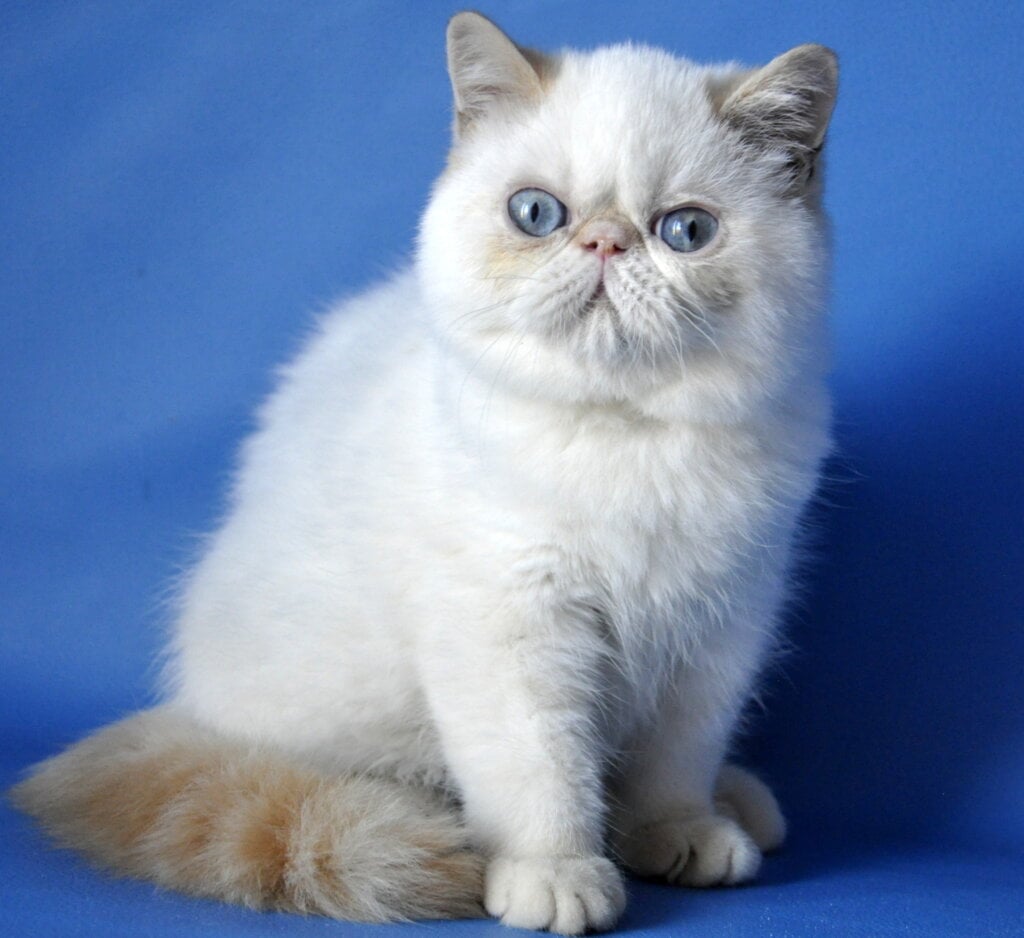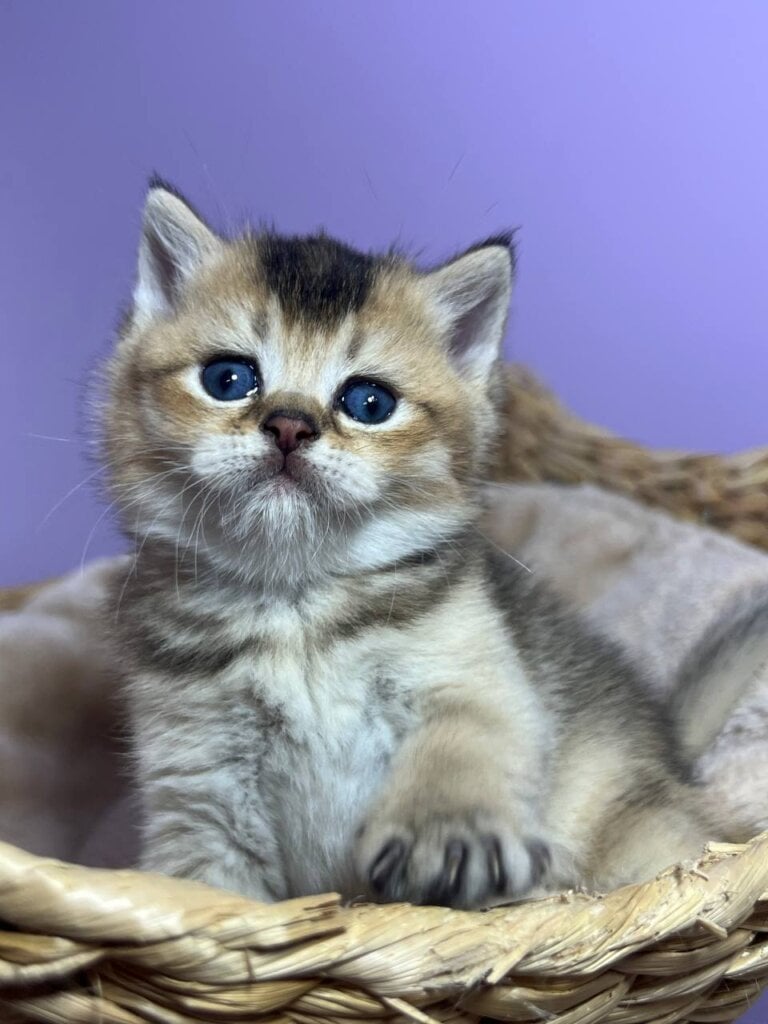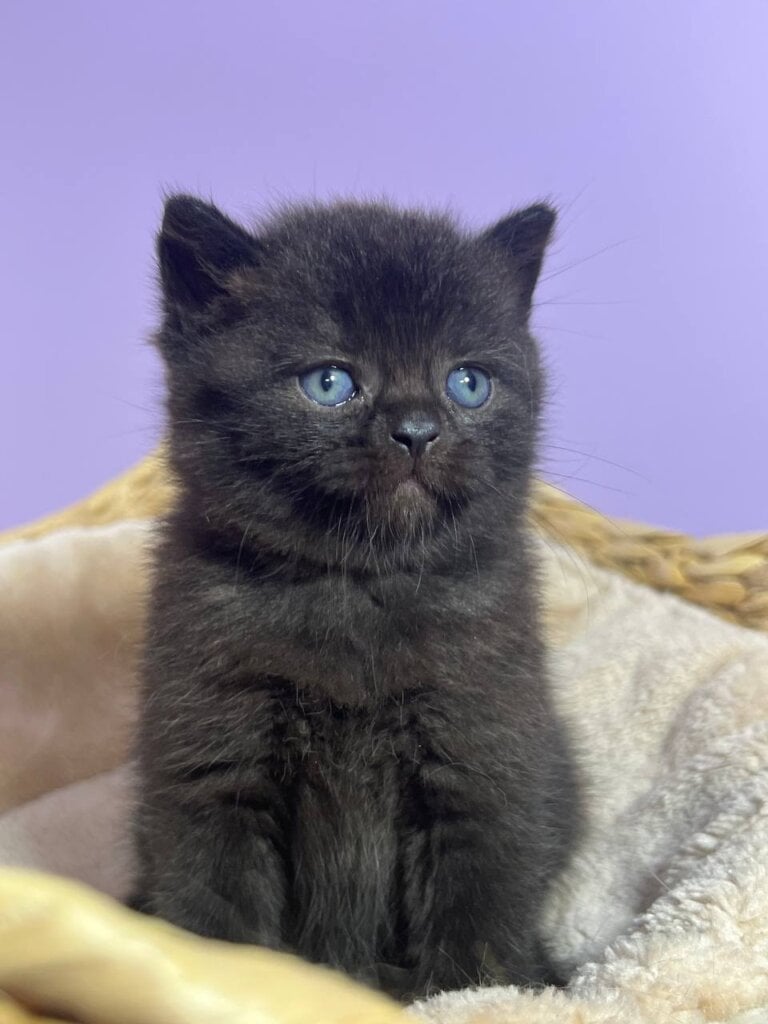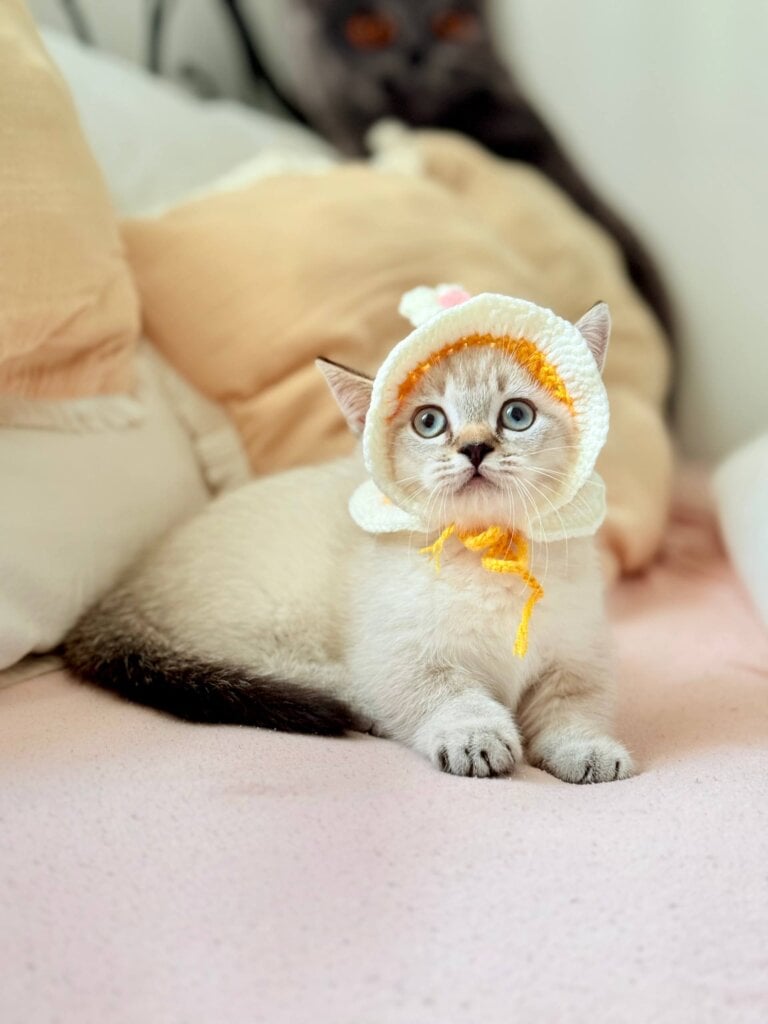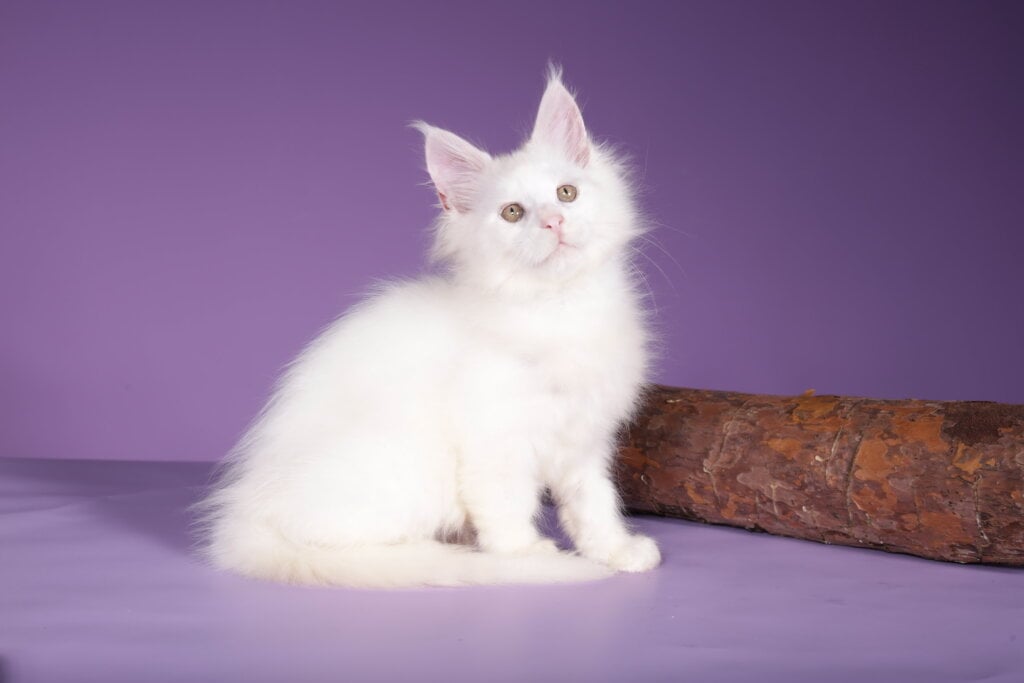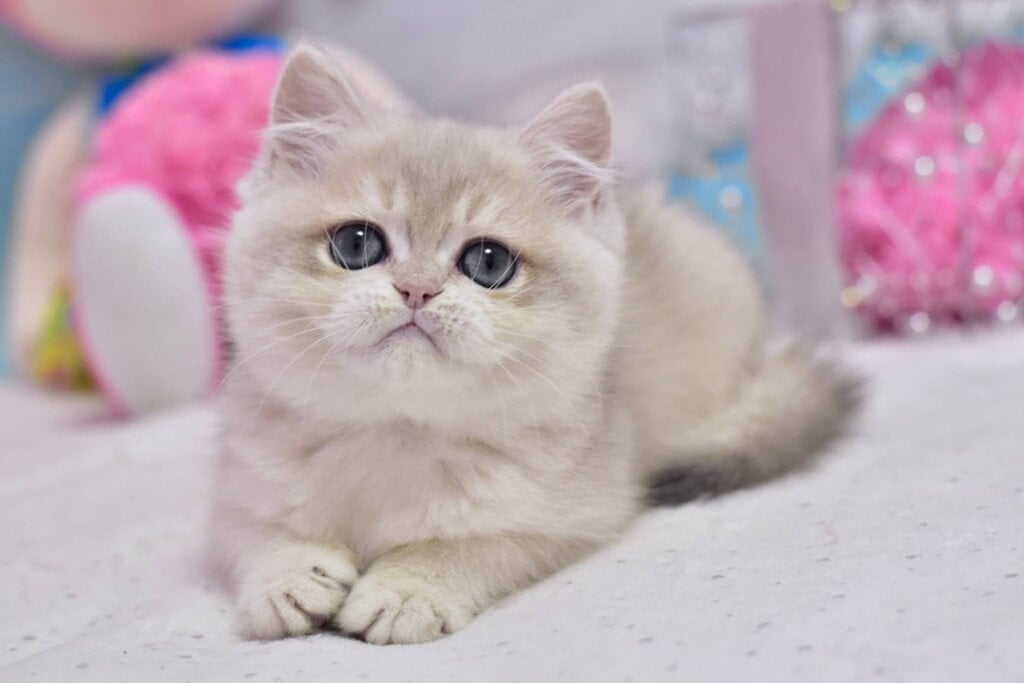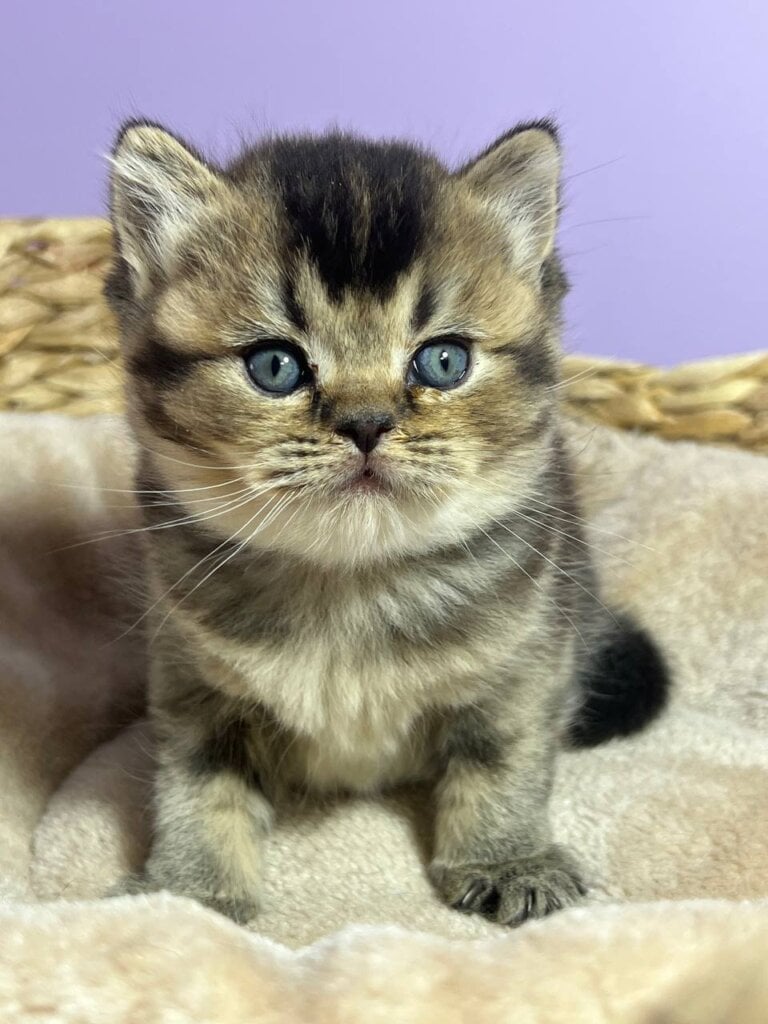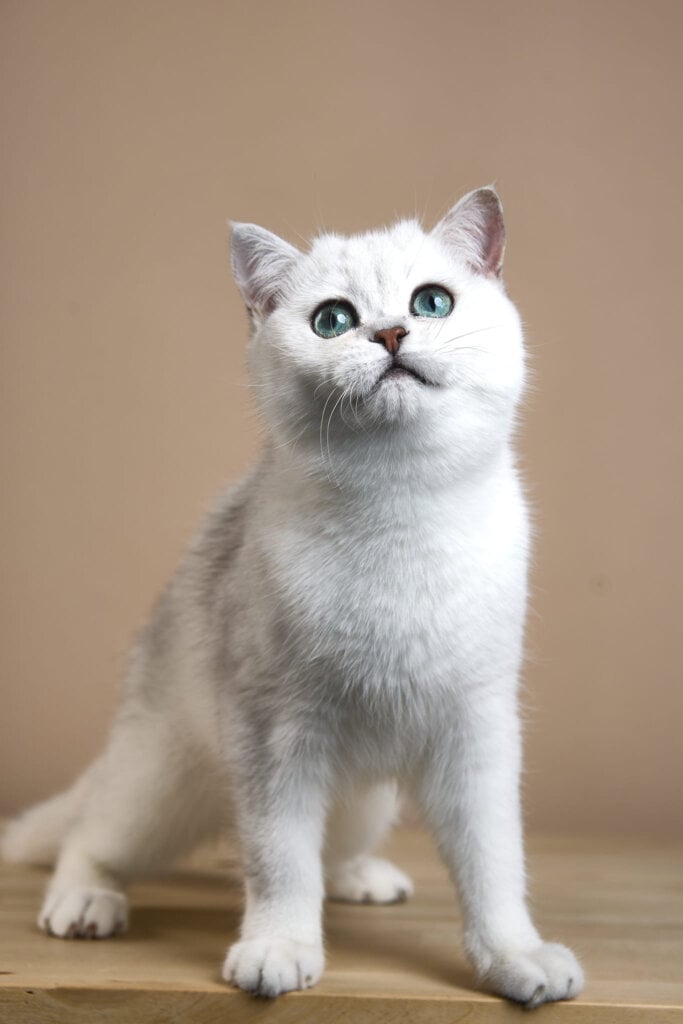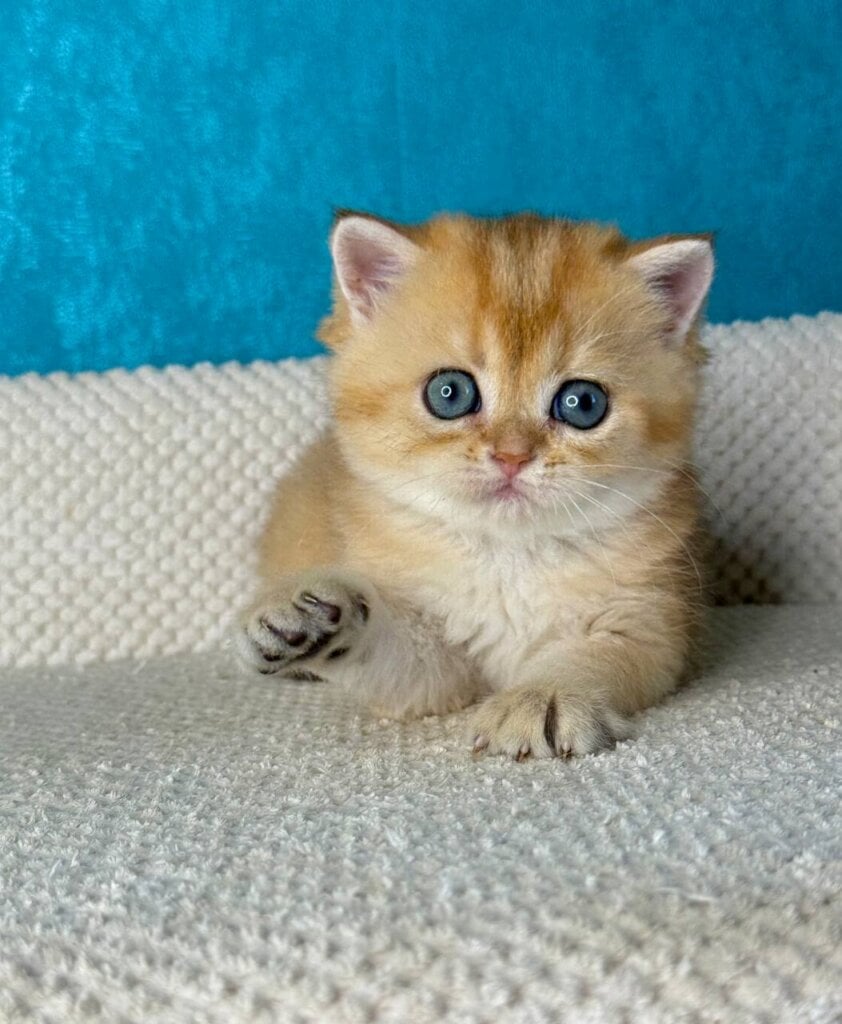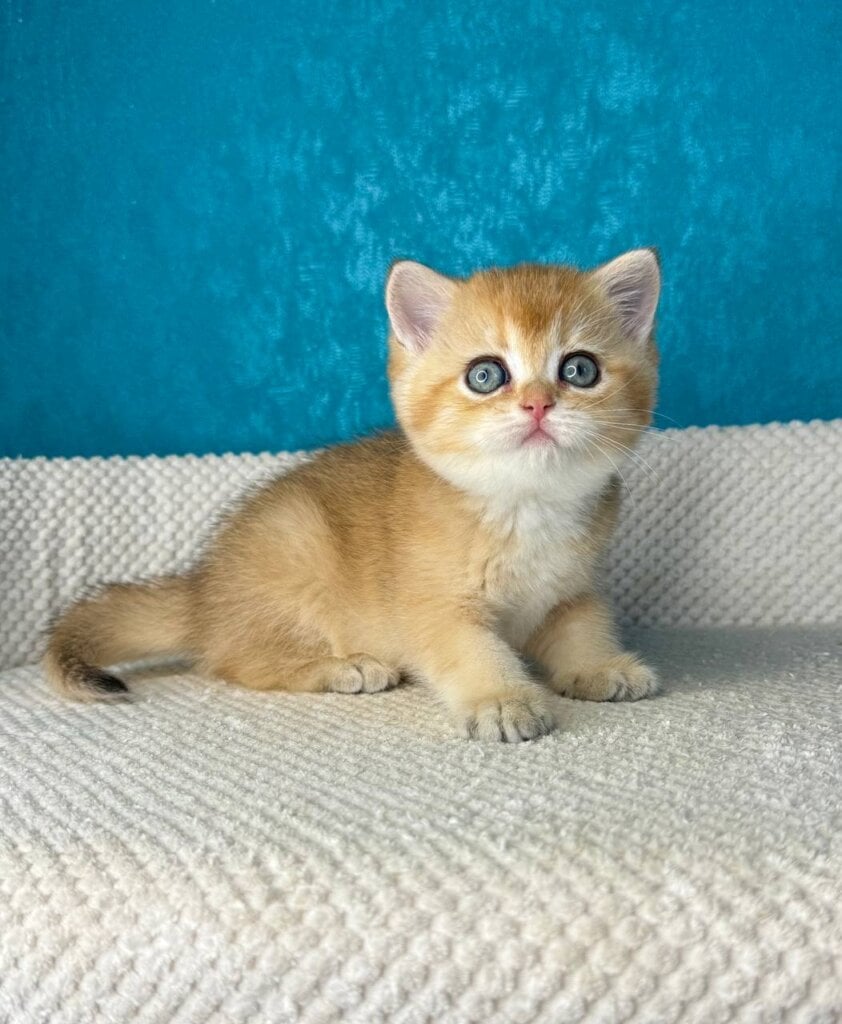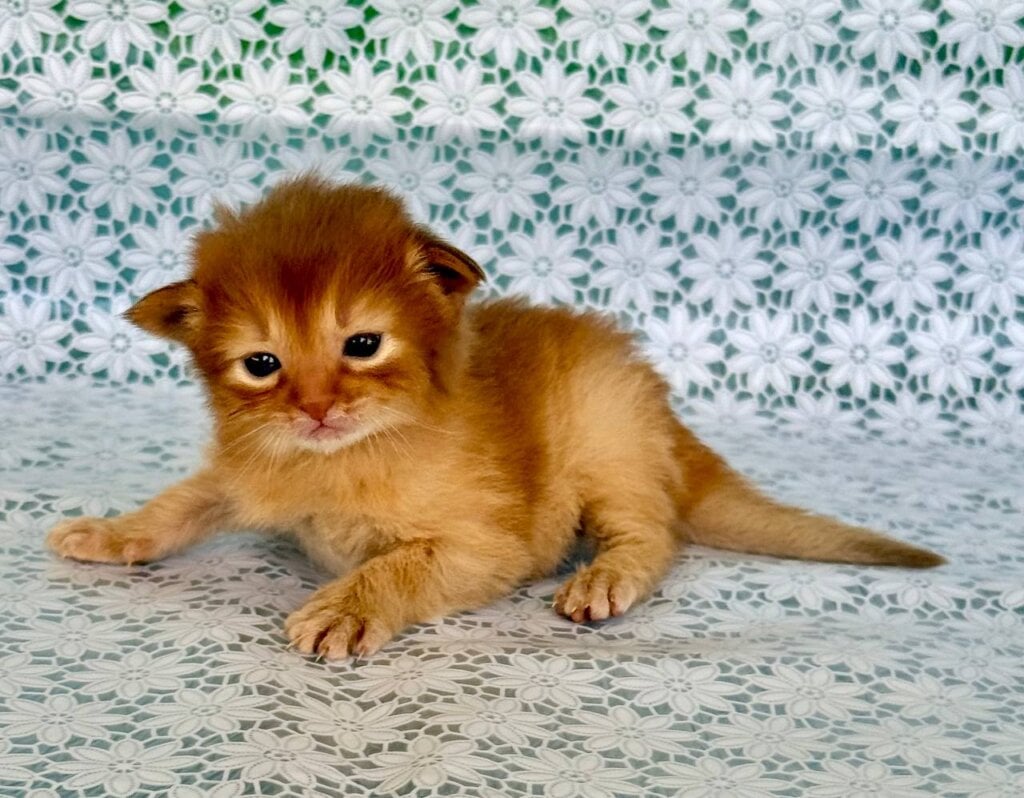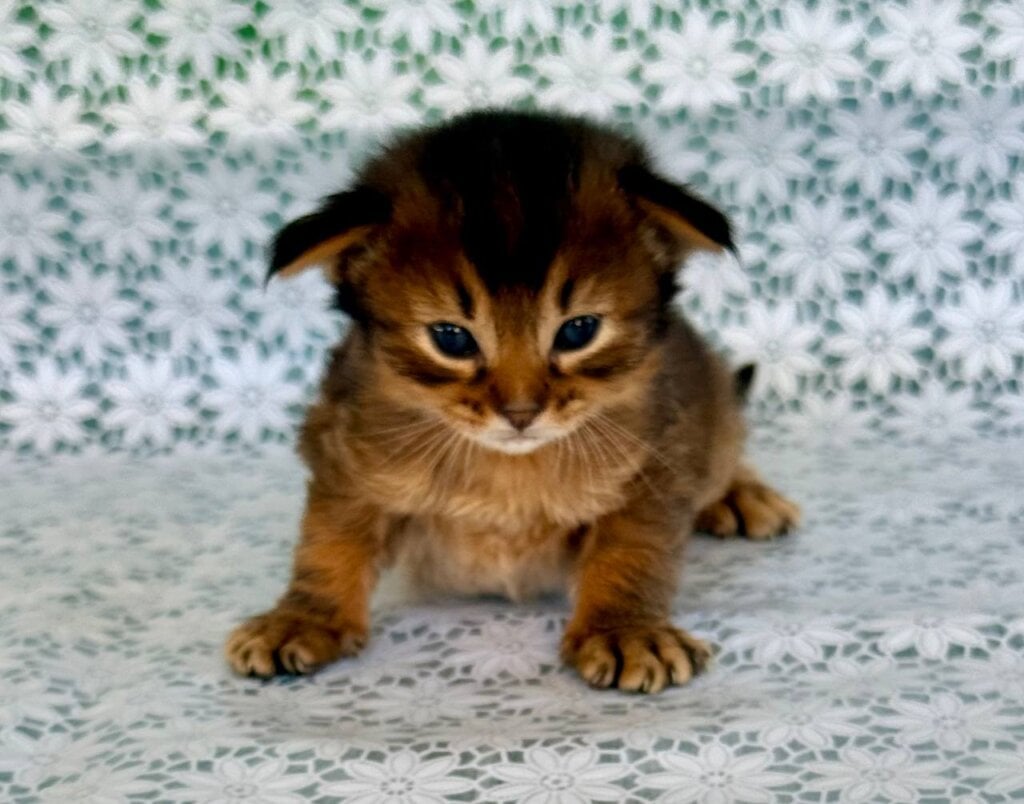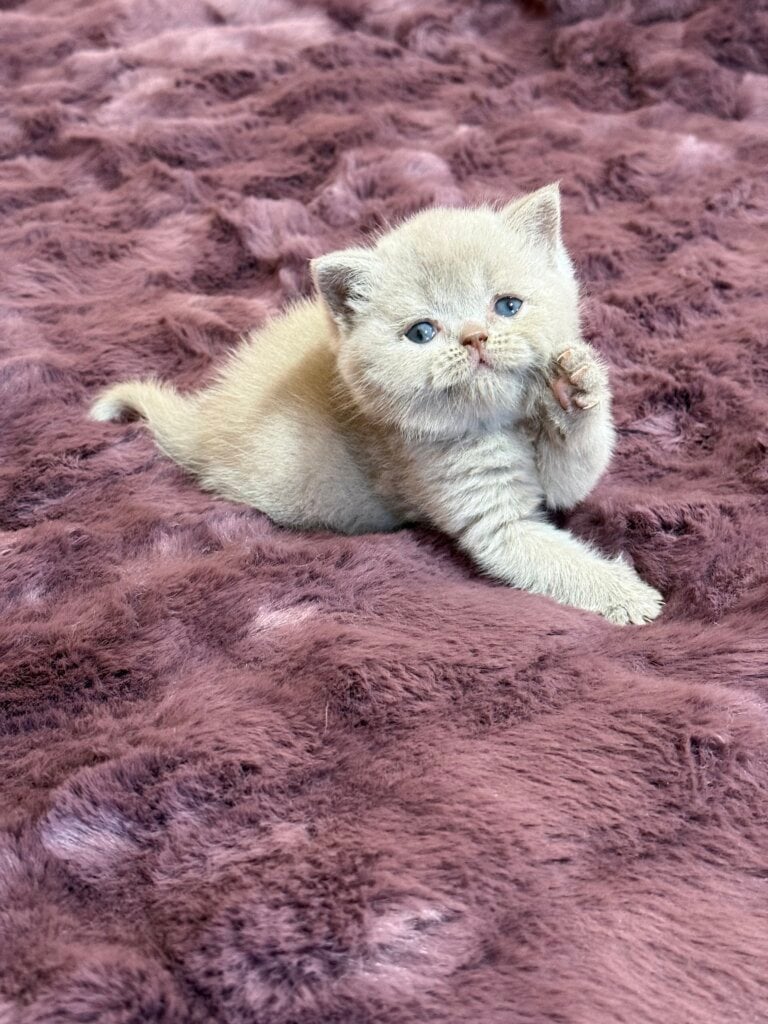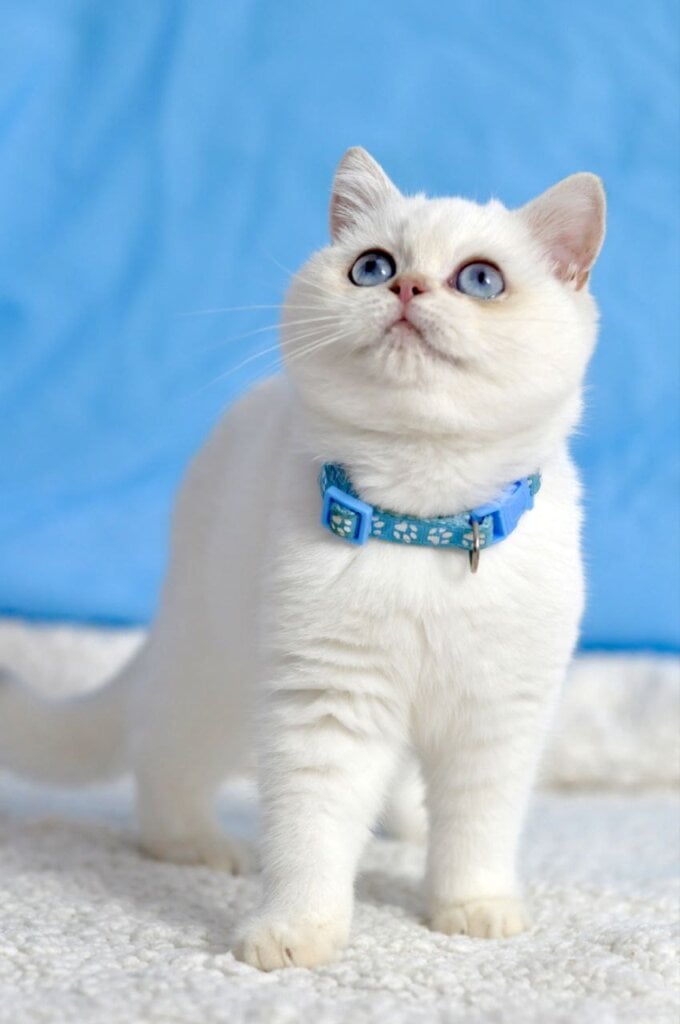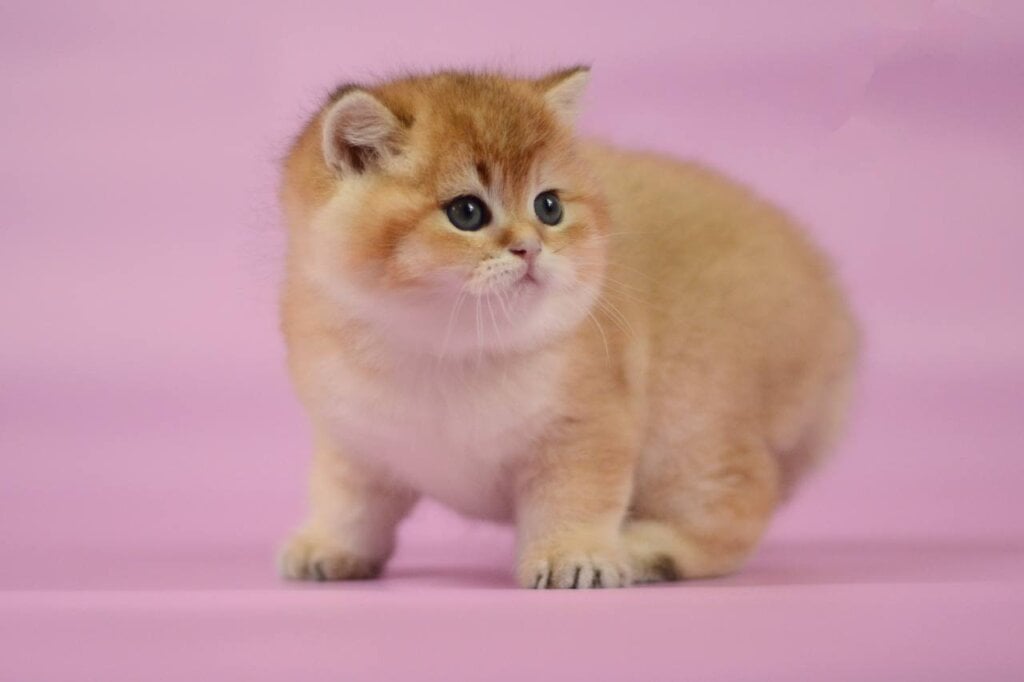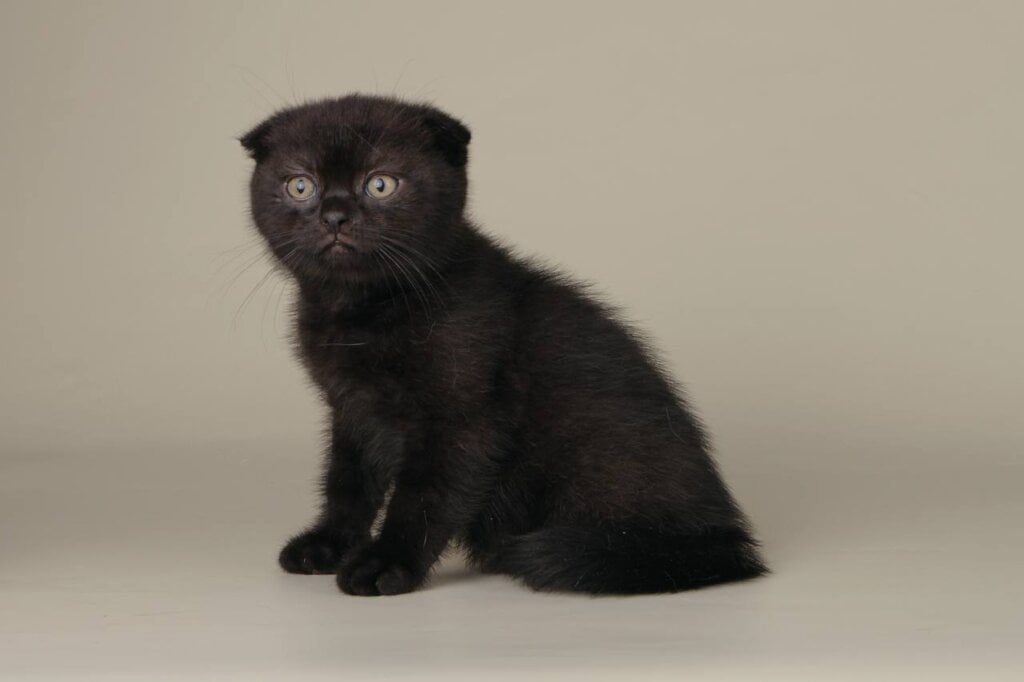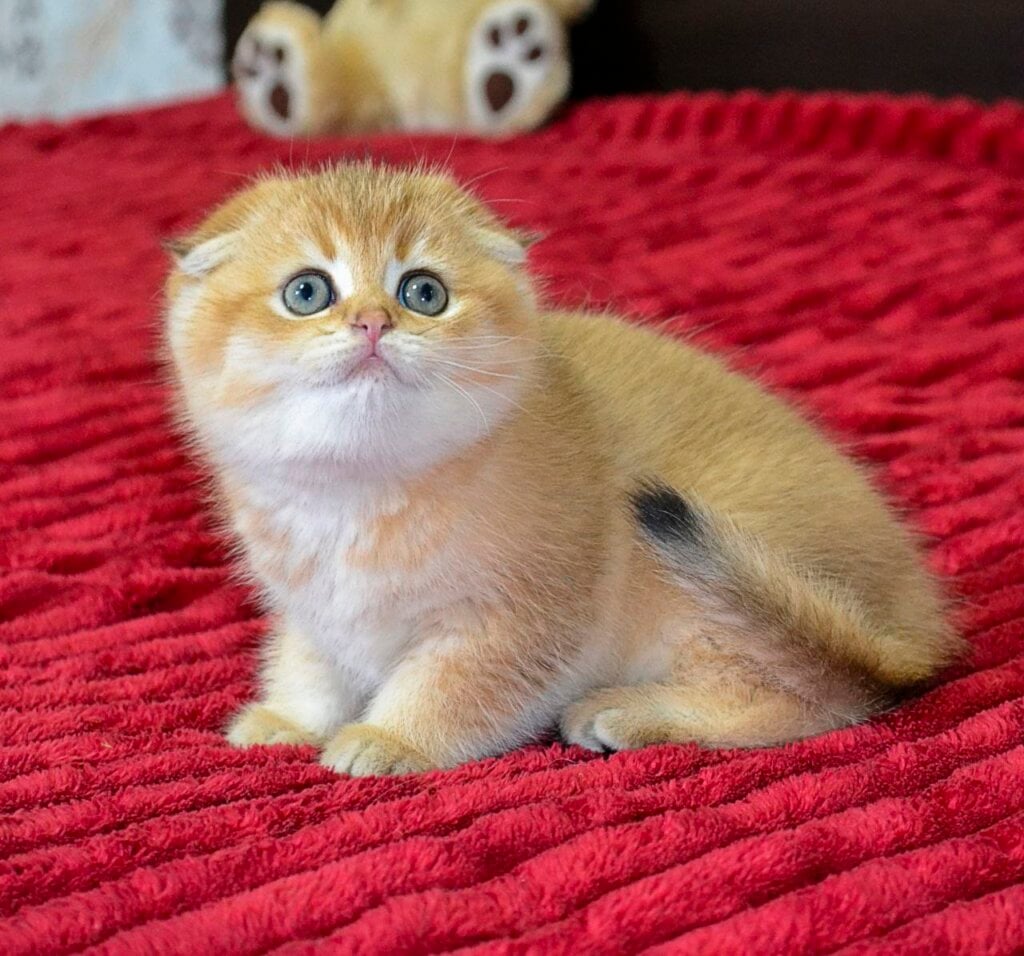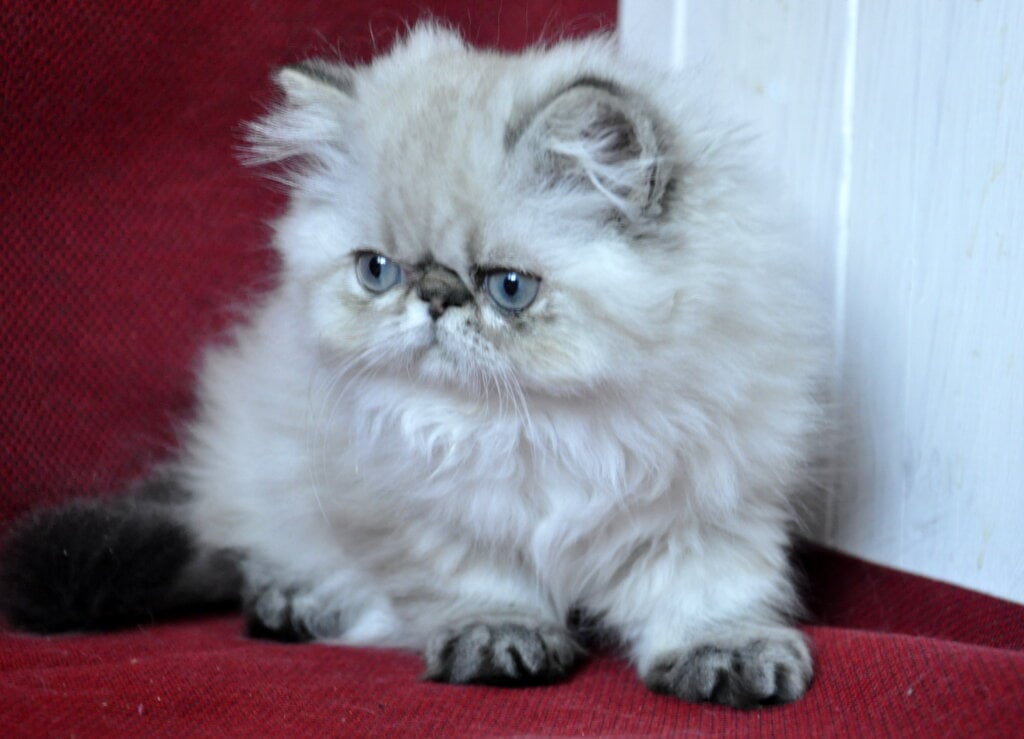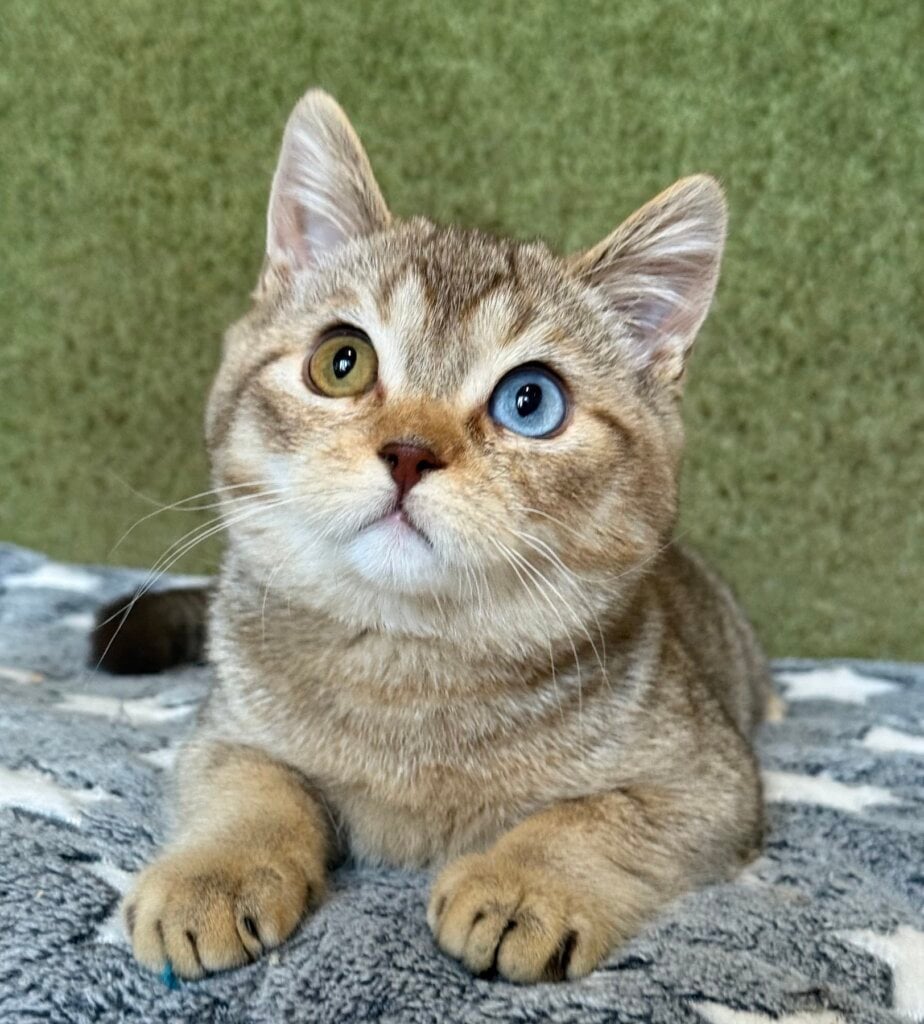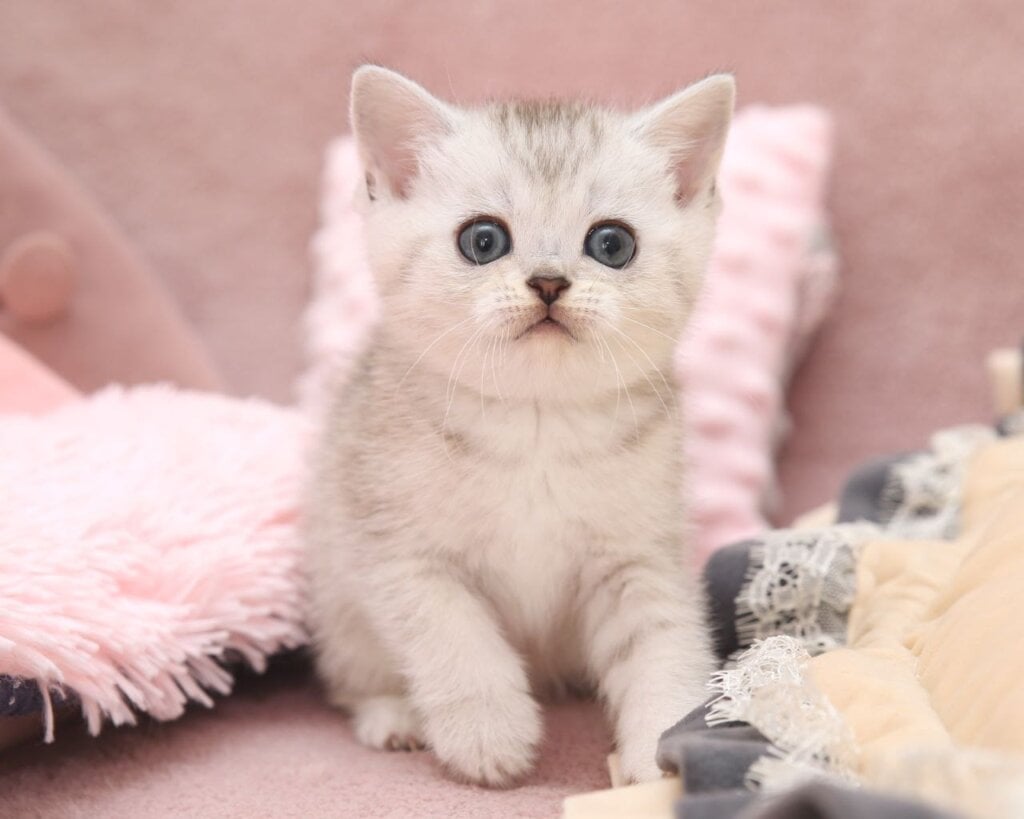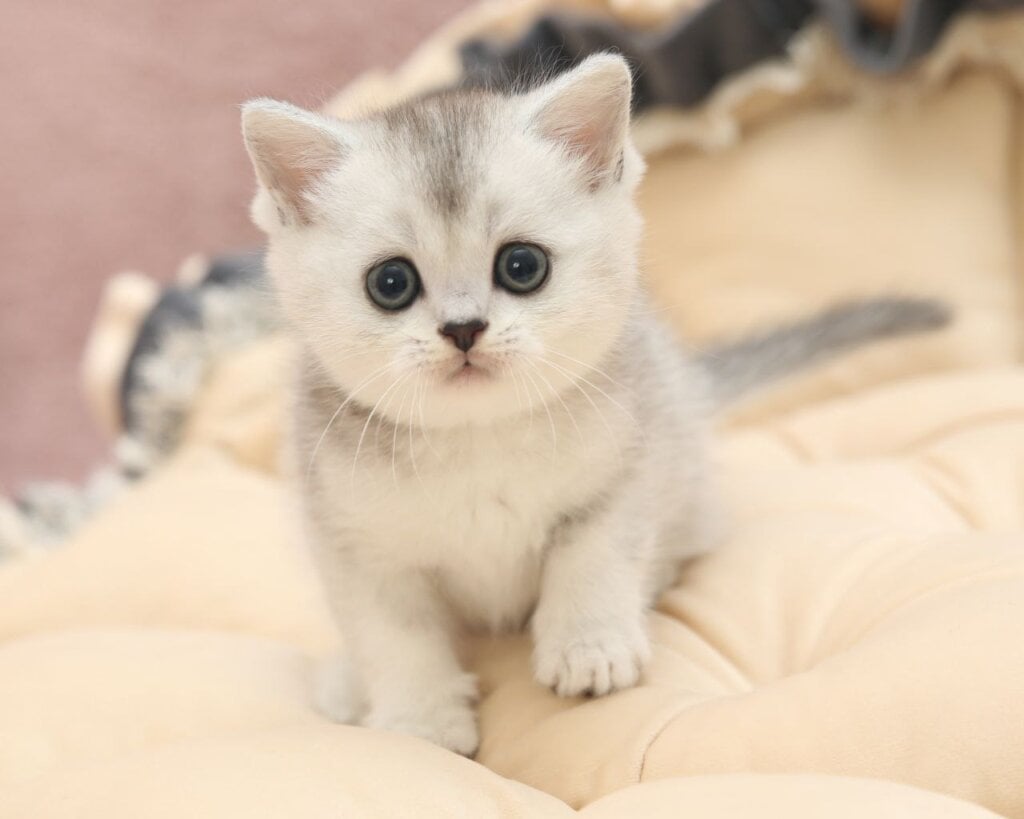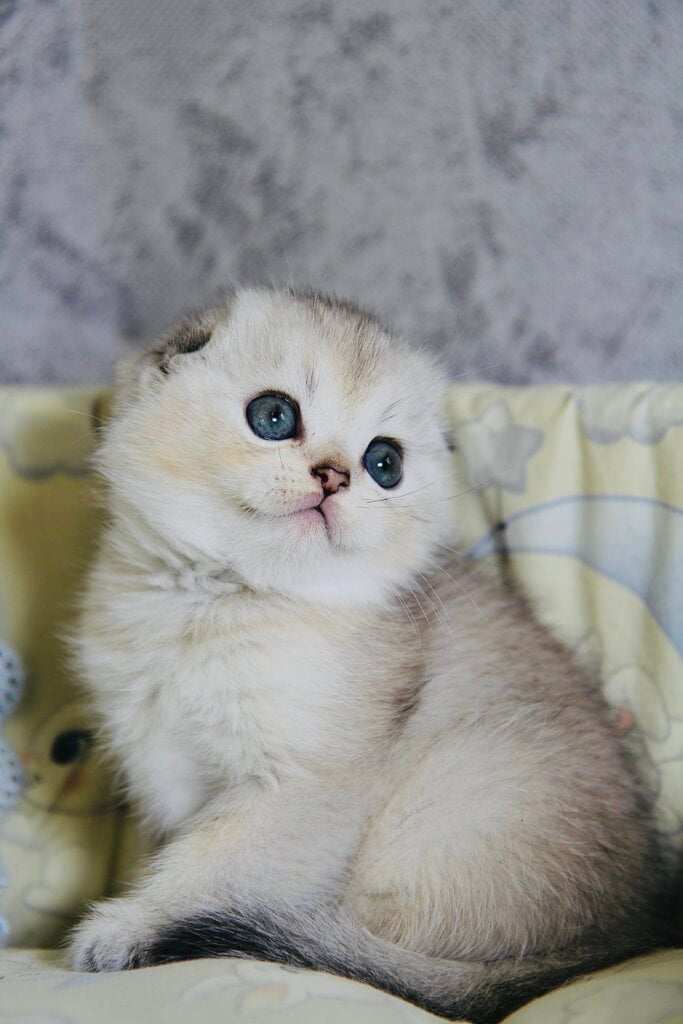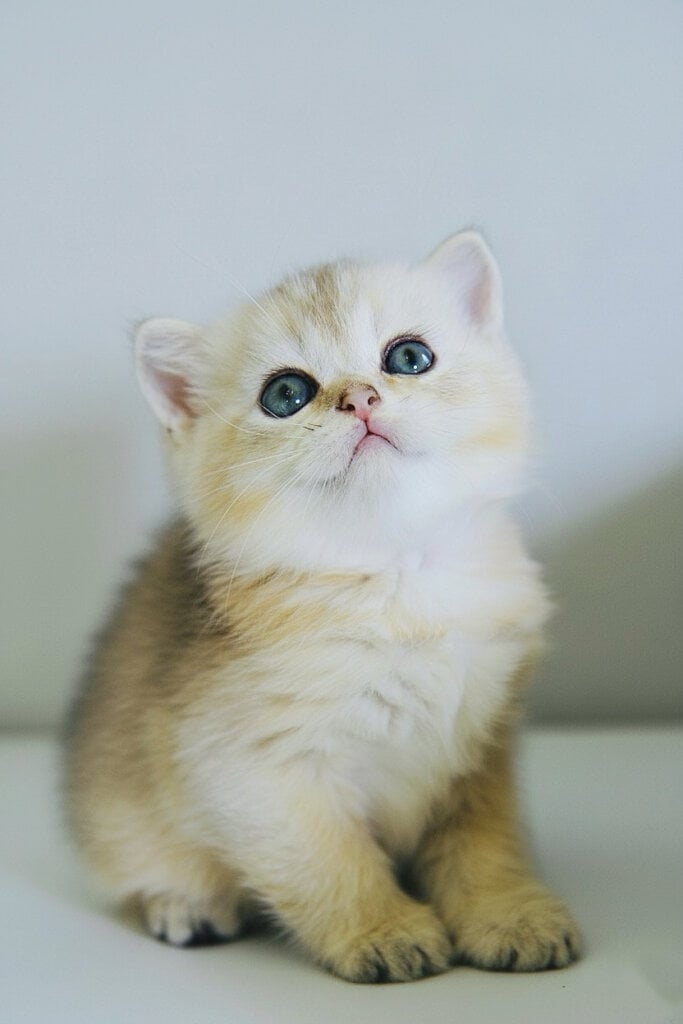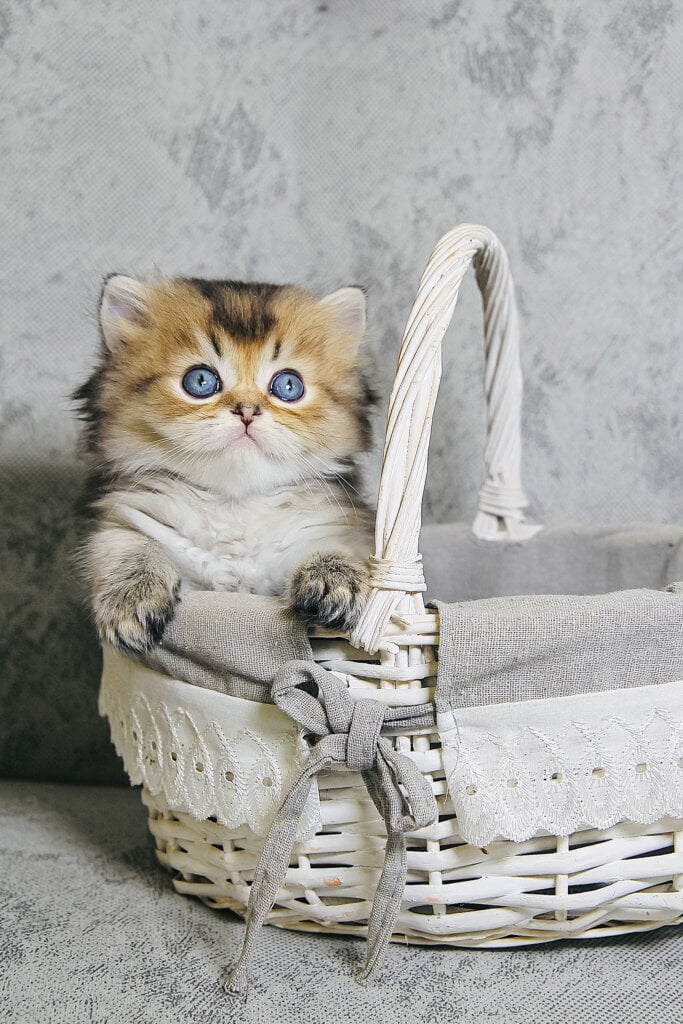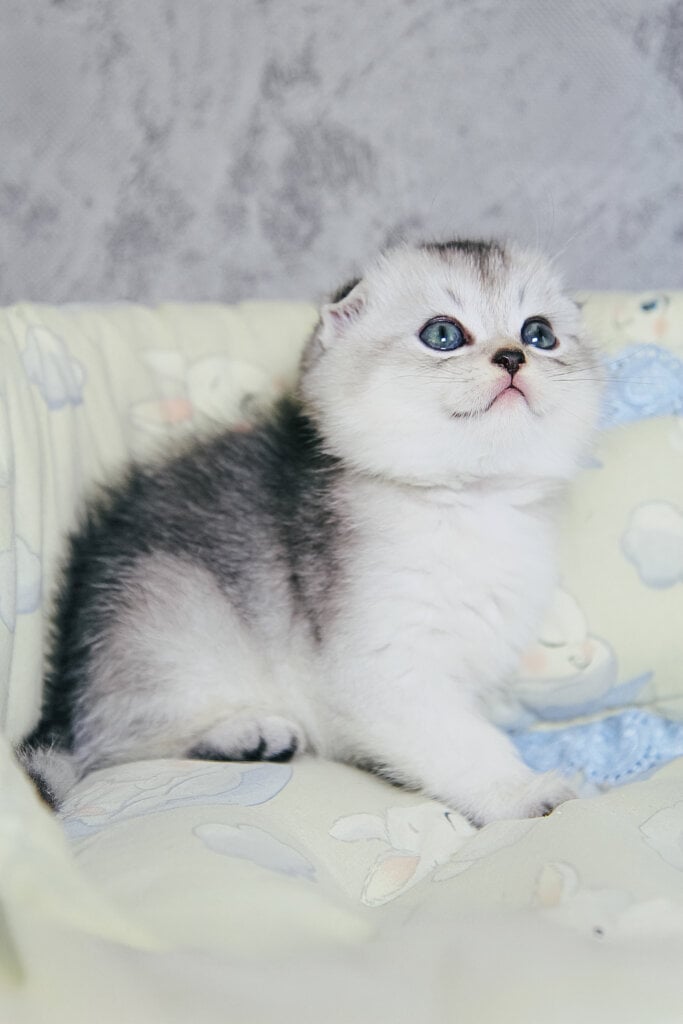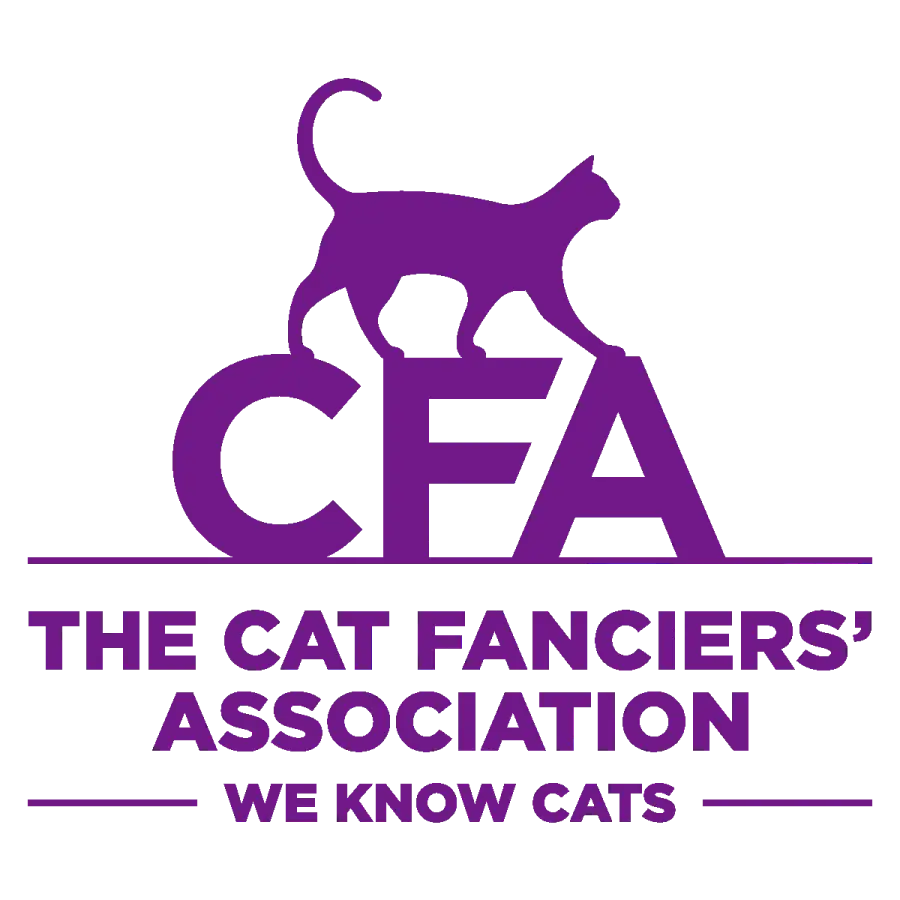Key Takeaways
- Plume-like, long and bushy, Maine Coon tails are a remarkable feature of the breed. These characteristics, while making the species one of the most splendid members of the animal kingdom, confer functional uses for balance and communication.
- With their tapered shape and unique color patterns, no two Maine Coon tails are alike. Watching them stretch and play shows how fascinating and expressive these giant cats truly are.
- Regular grooming is important to ensure your kitty’s tail stays healthy. Daily grooming with proper tools will help avoid matting and keep the coat in pristine condition.
- Tail health is very important, so keep a close eye on your Maine Coon’s tail! Watch for indications of wounds, dermatitis, and ectoparasites. If you observe anything out of the ordinary or something doesn’t seem right, refer to a vet immediately.
- A Maine Coon’s tail plays a role in temperature regulation, helping them stay comfortable in both warm and cold climates. Their tail positions are even telling, indicating how they feel in the moment.
- Genetics and environment play a significant role in the development of the tail, alongside its length, thickness and general health. Taking them all into consideration will allow you to give your furry amigo purr-fect care.
What Makes Maine Coon Tails Unique?
The Maine Coon’s tail is an easily identifiable trait, showcasing the breed’s beauty and practicality. The tail’s long, lively bushy plume captures our attention with its dramatic splashy plume-like effect. It plays more important functional roles that exhibit the practical features born of nature. Let’s dig a little deeper into what makes it so unique.
Understand the Plume-Like Appearance
One of the first things noticed about Maine Coon tails is their incredible plume-like appearance, with long, flowing hairs giving it an almost bird-like appearance. This point further emphasizes their natural adaptation to extremely cold climates, where their dense fur served as a barrier against the harshest of elements.
Their plume simply compounds their overall majestic presence, which is one of the main reasons these cats are frequently referred to as regal.
Explore the Impressive Length
The tail of a Maine Coon is very long, between 10 to 14 inches on average. Each length of the cat’s fur has an important function. This enables the cat to coil it around their body to provide warmth during the cooler winter months.
This natural adaptation acts like a built-in thermal blanket, highlighting the breed’s development in cold climates.
Analyze the Bushy Texture
The bushy, fluffy tail is a signature characteristic of the Maine Coon breed. Comprised of long, plumed fur, Maine Coons’ tails not only contribute to the breed’s appeal, but have very real uses.
The density of the coat helps keep heat in, making them warm and cozy companions on a stormy winter’s night.
Observe the Tapered Shape
The tail of a Maine Coon is wide at the base and comes to a point at the end. The graceful shape accentuates its power and beauty, while being almost more aerodynamic, allowing for fluid movement and agility.
Their tapering designs easily accentuate the cat’s elegant and athletic physique.
Recognize Color and Markings
A Maine Coon tail can be any color or pattern, including solid, tabby, calico, and more. These stripes or spots usually coincide with the cat’s base coat color, which provides another level of beauty and uniformity to their appearance.
No two Maine Coon tails are completely the same, so each one is special.
Appreciate the Flexibility and Movement
That amazing adaptability of a Maine Coon’s tail keeps it in constant, fluid motion and control. Whether swishing softly or held upright, the tail’s actions speak volumes about the cat’s feelings and considerations.
That flexibility further helps with making quick turns and moving through narrow spaces.
Note the Importance of Tail Set
The tail set, or how the tail connects to the body, contributes to the Maine Coon’s balanced and proportional appearance. A properly carried tail contributes to their overall appearance of symmetry, which is a key breed standard feature.
Consider the Tail’s Role in Balance
A Maine Coon’s tail helps greatly with balance. This long appendage serves as a counterweight when jumping, making quick turns, and learning to climb, helping the cat to navigate while remaining precise and balanced.
This characteristic is essential to their characteristically active, intelligent, and playful disposition.
Examine the Tail’s Function in Communication
More than physical prowess, the tail plays a critical role in communication. Maine Coons are known for using their tails to communicate mood. From a slow-moving swish to a vertical display, they express everything from intrigue and happiness to vigilance.
By learning to interpret their Maine Coon’s tail movements, owners can better comprehend their cat’s mood.
Acknowledge Breed Standard Influence
For this reason, the breed standard places great importance on the length, fullness, and texture of a Maine Coon’s tail. These characteristics not only embody the breed’s history but set them apart from other cats.
A long, well-formed tail is one of the distinctive characteristics of quality in Maine Coons.
Tail Length and Shape Significance
The Maine Coon’s tail is an essential aspect of its impressive look. Its importance goes beyond beauty. It plays an essential role in the cat’s workaday life. From balance to signaling, the tail’s length and formation are functional features that reflect the breed’s special characteristics.
How Tail Length Affects Balance
A Maine Coon’s tail is long and bushy, sometimes to the point that the tail can be up to 16 inches long. This long tail is not for show but rather, it is a key to balance. Whether walking along a tree limb or jumping up onto a ledge, the tail serves as a counterbalance, allowing the cat to carefully control their motions.
For example, when a Maine Coon jumps or is in mid-air and needs to change direction, the tail will move to help keep balance. Some of the Asian breeds have 10-inch long tails. These tails don’t tend to be nearly as useful. These distinctions further emphasize the functional benefit of the Maine Coon’s long tail, playing an important role in its active and agile lifestyle.
How Shape Influences Movement
The Maine Coon’s tail shape is long and straight, and liberally furred, and hides its purpose with poise. It reveals its role in the fluid acrobatics. A gently curved or kinked tail may impact a cat’s ability to maneuver through their environment.
This turns out to be particularly applicable for breeds with 25-inch tails. Maine Coons with properly shaped tails make sharper turns and more graceful jumps. The TICA Board’s 2015 unanimous approval of a tail shape standard made it clear that this should be an important characteristic to maintain through breeding.
Tail Signals and Body Language
In addition to maintaining balance, Maine Coons tail communication represents excitement, curiosity, fear or happiness. A gently waving tail means the animal is relaxed, while a puffed-up tail means the animal is scared or angry.
To further enhance their visual display, their thick fur contributes to the effect, fluffing out their signals even more. By paying attention to these clues, owners can make decisions that are more in line with their cat’s needs and mood.
Genetic Factors in Tail Development
Length and shape of the tail are largely dictated by genetic factors. As these have always been the most heavily selected traits by breeders, dramatic changes can be seen starting in 2004. In fact, polydactyl Maine Coons – often seen with distinct tails – were on display.
Yet radical proposals, such as those of Russian breeders in 2019 that wanted to break with classic standards, met with a polarized reception.
Environmental Impact on Tail Growth
Environmental factors such as nutrition and grooming can affect a Maine Coon’s tail in more subtle ways. With the right grooming, the coat is thick and luxurious. By 2 – 3 months old it starts to take on the adult texture and appearance.
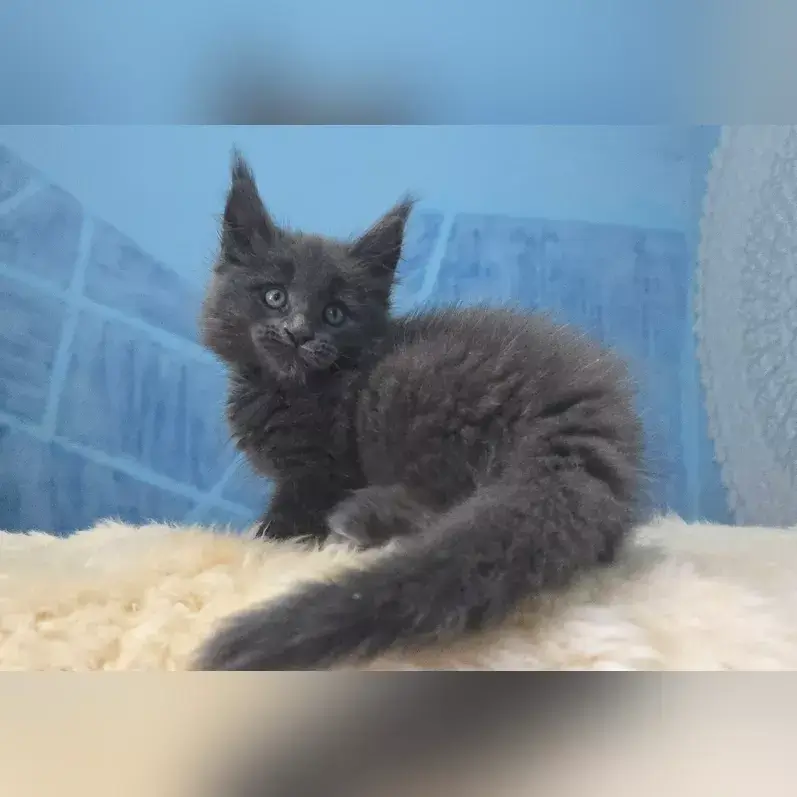
Maine Coon Tail Care and Maintenance
A Maine Coon’s tail is one of its most distinct features, adding to the impressive allure of this breed. Regular care and maintenance considerations for this special feature are of utmost importance to keep this distinct asset healthy, functional and beautiful for years to come.
From grooming techniques to identifying potential issues, understanding the essentials of tail care helps us provide the best for our feline companions.
Grooming Techniques for a Healthy Tail
Routine grooming removes any tangles or mats on a Maine Coon’s tail. Follow up with a fine-toothed comb to remove any mats you might have missed. Work from the end of the tail down towards the base.
When we take it slow, we are less likely to yank or hurt. Maine Coons are very good at grooming themselves. If they have mobility challenges or dental issues, they might have difficulty grooming their tails properly.
Providing them with the care they need will go a long way in keeping their tails beautiful and spotless. Making grooming a part of playtime eases trust and bonding with your Maine Coon and makes grooming time more fun for you and your cat.
Best Brushes for Maine Coon Tails
For Maine Coon tails, a wide-toothed comb or a slicker brush should do the trick. Wide-toothed combs are ideal for detangling without causing pain, while slicker brushes can remove loose fur and prevent shedding buildup.
Investing in the best grooming tools specifically made for long-haired breeds will make the process much more efficient and comfortable. Companies that make their brushes with ergonomic handles and soft bristles are particularly handy for those touchy felines.
How Often to Brush the Tail
In terms of frequency, brushing your Maine Coon’s tail two to three times a week should be more than enough. During shedding seasons, additional grooming may be required to control the volume of loose fur and work to avoid the development of mats.
Regularity with grooming appointments helps prevent knots from ever getting too bad, and helps maintain the tail in peak shape throughout the entire year!
Identifying Potential Tail Problems
It’s essential to monitor for symptoms such as unusual shedding, bald patches, or skin inflammation. These symptoms can signal more serious health issues like allergies or infections.
Routine grooming allows you to look at your Maine Coon’s tail up close, detecting any issues before they become serious concerns.
When to Consult a Veterinarian
If we observe chronic problems such as lesions, swelling, or pain while grooming, it is important to get veterinary care immediately. Regular veterinary visits are key to your Maine Coon’s overall health, and that includes keeping the tail in optimal condition.
Common Tail Health Issues
Of course, Maine Coons are famous for their long, bushy tails, which only enhance their impressive appearance. Like any physiologic feature, tails need some care and attention to keep them healthy. Other health issues are caused by genetics or environment. By educating ourselves on some of the most frequent tail issues we see, we can better serve our beloved cats.
Matted Fur and How to Prevent It
Matting Maine Coon tails often become matted due to the heavy coat that they possess. Mats can form if the fur isn’t groomed regularly, especially near the base of the tail where natural oils accumulate.
Left unchecked, mats can tug at the skin, leading to pain and/or infection. To avoid this, use a wide-toothed comb to brush their tails out several times a week at minimum. Using a slicker brush or a wide-tooth comb is best for quickly removing tangles.
For larger, more stubborn mats, a professional groomer will be able to safely trim the matted area. Regular cleanings to remove dirt and debris can help eliminate their accumulation, which can lead to painful matting.
Injuries and Trauma to the Tail
Because a tail is an extension of the spine, it is especially vulnerable to damaging injuries. Prone to misadventures, Maine Coons are active, mischievous, and inquisitive creatures.
Minor injuries may only result in localized swelling, while more severe trauma may present with collateral damage to nerves. Whenever your cat is exhibiting any symptom of pain, it’s time to act.
Avoiding touch or holding their tail in an abnormal way are unmistakable signs that a trip to the vet is needed. By treating injuries quickly and accordingly, you can make sure your dog heals properly without lingering complications.
Skin Conditions Affecting the Tail
Skin problems, such as dermatitis or fungal infections, can affect the tail. These health problems may appear as redness, dry or scaly skin, and/or itching.
Allergies or lack of grooming could cause these issues. Cleaning the area gently with pet-safe wipes and maintaining a balanced diet with vitamins and probiotics can help keep skin healthy.
If symptoms continue, your veterinarian may be able to suggest topical treatments or dietary changes.
Parasites and Tail Health
Parasites such as fleas, ticks, and mites often affect the tail, particularly at the base where it can be more difficult for cats to groom. Common parasites like fleas and mites will result in excessive itching, hair loss, and skin lesions.
Regular use of vet-approved flea preventatives and routine checks for signs of infestation are crucial steps in maintaining a parasite-free tail.
Arthritis and Tail Movement
As Maine Coons get older, arthritis can limit their mobility, including their tails’ ability to pivot. Limited tail movement may not sound like such a big deal, but it can have serious impacts on their balance and social interactions.
Joint supplements, combined with low-impact activities, can go a long way towards managing arthritis symptoms. Your veterinarian can prescribe stronger medications if your stiffness gets bad enough.

Tail’s Role in Heat Regulation
Maine Coon cats have ornately plumed tails that are a sight to behold. These spectacular tails aren’t just majestic; they play a key role in keeping these animals cool. The tail becomes an all-purpose instrument, allowing the Maine Coons to respond to changes in the climate.
Here’s an introduction to these amazing tails, their role in regulating body heat, and what that means for the species’ unique physiology and behavior.
How Tails Help in Warm Weather
In warmer seasons, a Maine Coon’s tail helps to release extra body heat. No cats do not sweat through their paws, but as mentioned, felines use evaporative cooling methods and other ways to regulate body temperature.
The thin skin and abundant blood vessels in the tail allow it to serve as a natural heat exchanger. As blood flows through the tail, the heat in the blood dissipates into the surrounding air, cooling the blood and therefore the rest of the feline’s body. This process works best when cats voluntarily extend their tails, providing the most surface area for heat regulation.
Maine Coons might place their tails over their bodies in such a way as to shield them from overheating. If you have these reptiles, you may notice them flicking or waving their tails when resting in sunny spots. This movement acts to increase airflow around their bodies, making it even easier for them to release excess heat.
In summertime, a Maine Coon would typically seek out a cool tile floor to regulate his body temperature. It curls and extends its tail to create turbulence, maximize airflow, and cool itself with fascinating precision.
How Tails Help in Cold Weather
In harsher, colder climates, the insulative role of the tail is even more pronounced. These cats closely curl their puffy tails around their hamster-like bodies, sometimes enclosing their small noses as well.
This behavior is vital in them conserving heat and keeping warm against cold drafts. Their tails are covered in thick fur that traps air, creating an insulating barrier, helping to keep heat close to their body.
On a chilly day, an outdoor Maine Coon rests on a fence. When it gets cold, it curls into a ball and wraps its tail around its face and paws, using it to stay warm. This behavior reinforces their evolutionary traits of adaptability to colder climates, as evidenced by their lineage in the not-so-desirable subarctic tundra.
Tail Position and Temperature
A Maine Coon’s tail position usually indicates whether or not it is trying to keep warm. When calm and cozy, tails are low and flowing.
On the other hand, in cooler environments, tails are wrapped closely around the body to conserve heat. Watching where and how they move provides important insight into their comfort level and need to adapt to their surroundings.
Genetics and Tail Development
Maine Coons are known for their long and bushy tails that are impossible not to admire. Their peculiar development and features are the result of powerful genetic forces. Many different genetic factors determine how long and thick the tail will be. They influence the overall vitality and fur thickness of the tail.
By focusing on these factors, you’ll better appreciate the specific characteristics that make Maine Coons so special. Understanding their genetics will allow you to raise them for an enriched future.
Genes Influencing Tail Length
As with most inherited traits, tail length in Maine Coons is largely a matter of genetics. Mutations in genes related to skeletal development can determine how long or short a cat’s tail grows. These genes can differ between individual cats, causing differences in the lengths of proportionate tails even among cats of the same breed.
Some Maine Coons’ tails even reach the length of their bodies. Others can have much shorter tails. Breeders of the bobtail breed typically work to conserve this breed-defining trait by carefully choosing parent felines with preferred tail attributes.
Environmental factors, like nutrition during growth stages, can slightly impact the tail’s final length, making proper care essential for kittens.
Genes Influencing Tail Thickness
The thickness of a Maine Coon’s tail is up to genetics and secondary influences. Genes that control fur density and texture play a role in how thick and full a cat’s tail looks. Young felids tend to have less harsh and paler coloration to their fur, particularly during their kitten phase.
In many cases it takes several months for their tails to reach adult-like maturity. A younger Maine Coon typically will have a tail that appears less bushy. An older Maine Coon’s tail is likely to be much fuller.
It’s worth noting that some cats may genetically inherit a reduced fur density, leading to less full tails. To complicate things further, seasonal changes, grooming habits, or even stress may cause fluctuation in thickness. One pet owner noted their 3.5-year-old Maine Coon’s tail became thinner over time, potentially due to combing and seasonal shedding.
Genetic Health Concerns
Though genetics too, health problems might affect a Maine Coon’s tail or its appearance. Causes for fur thinning could be due to malnutrition, anxiety, or internal disease. Almost half of all Maine Coons can suffer from fur thinning or loss.
With close attention to their dietary needs, grooming routines, and general health, you can overcome this exciting new challenge.

Maine Coon Tail Behaviors
The Maine Coon tail is just one of the features that make this stately breed truly remarkable. What it shows are their emotions and behaviors. The tufted, bushy fur of a Maine Coon’s tail is more than just good looks. Ironically, its notable length contributes to the cat’s expressiveness. By knowing what these behaviors mean we can better understand what these magnificent creatures are feeling and what they need!
Tail Twitching and What It Means
If you see a Maine Coon’s tail twitching, it can be an indication of increased concentration or slight annoyance. If your cat’s tail begins to flutter like a hummingbird while he’s stalking a bird through the window, it’s probably just preparing for a surprise attack.
A slow, intermittent twitch indicates that your cat is mildly irritated. It could be that it is responding to a slight irritation or an uninvited rub. Both of these behaviors are a testament to their excellent instincts as ferocious hunters and their skills at expressing their displeasure.
By tracking all of these tiny movements, we get a much clearer picture of how they’re feeling.
Tail Wagging vs. Swishing
While wagging may be a sign of happiness for dogs, for Maine Coons it means the opposite. When the tail goes up, particularly when accompanied by a rigid body carriage, it’s usually a signal that the cat is annoyed or overstimulated.
Swishing has a much wider connotation. A slow, deliberate swish means they are in exploration mode or playful stalk mode. A quicker swish indicates that kitty is in a defensive mood.
Focusing on the environment, such as sounds or people entering the room, helps produce a clearer understanding of the intent behind their tail wagging.
Tail Position During Play
Playtime tends to elicit more dramatic tail attitudes from Maine Coons. A tail that’s held high with just a hint of a curl at the end usually signals stimulation and willingness to play.
Rapid flicks or swipes while playing might indicate their excitement, especially if it’s in the midst of a sprint. Their tails are so expressive that their beauty and expressiveness make them even more playful, creating humorous and fun interaction for both cat and owner.
Tail Position During Sleep
If you’re not sure how comfortable your Maine Coons might be when sleeping, check out their tail positions. A floppy tail hanging down their side or draped over their body can mean a super relaxed kitty.
You’ll likely find them curling their tail around their body during colder months. This tail behavior keeps them warm! This flexibility showcases the functional design of their long, furry tails.
